Seven cities with waterfronts that inspire us
The city's and state's vision planning process for the Brooklyn Maritime District presents a once-in-a-lifetime opportunity to reconnect our historic Brooklyn neighborhoods to the waterfront and create a significant community destination.
This article, written by Cobble Hill residents who have visited and studied these and other waterfronts for Project for Public Spaces and the Social Life Project over the course of decades, is intended to inspire the local Brooklyn community to see the full potential of our waterfront as a vibrant, active destination. The vision includes pedestrian promenades and public piers that catalyze local economic development with markets, maker spaces, cultural uses, and other income-generating activities.
We're excited about the possibilities and are working with the Cobble Hill Association Waterfront Committee to further develop these ideas and principles.
Takeaways: Principles for the Brooklyn Waterfront
Here are some takeaways about how to make waterfronts great, taken from the seven featured examples. It's these principles we can apply to the Brooklyn Waterfront:
- Make the waterfront serve everyone with amenities and activities for people of all ages and interests
- Focus on multi-use destinations at piers. Make room for markets, maker spaces, and places that support new businesses and economic development, generating income as well as year-round activity.
- Connect destinations with a vibrant pedestrian promenade.
- Think Lighter, Quicker, Cheaper: as a development strategy, start with experimental uses like pop-up restaurants and programmed events that bring people to the waterfront.
- Connect with adjacent neighborhoods and build on the success of other nearby public spaces and destinations.
- Incorporate a wide range of seating, public art, and other features that attract people of all kinds.
For more information, the following article presents 13 ideas for improving waterfronts: How to Transform a Waterfront (Project for Public Spaces, 2009.)
Examples of Great Waterfronts
Stockholm
Only historic boats are allowed to berth on the promenade of Stockholm's waterfront, meaning it is always a visual delight. This is further enhanced by the beautiful architecture flanking the other side of the pedestrian walkway. Making sure the views at a waterfront are not only protected but enhanced and highlighted is essential since the main appeal of being by the water is its beauty.

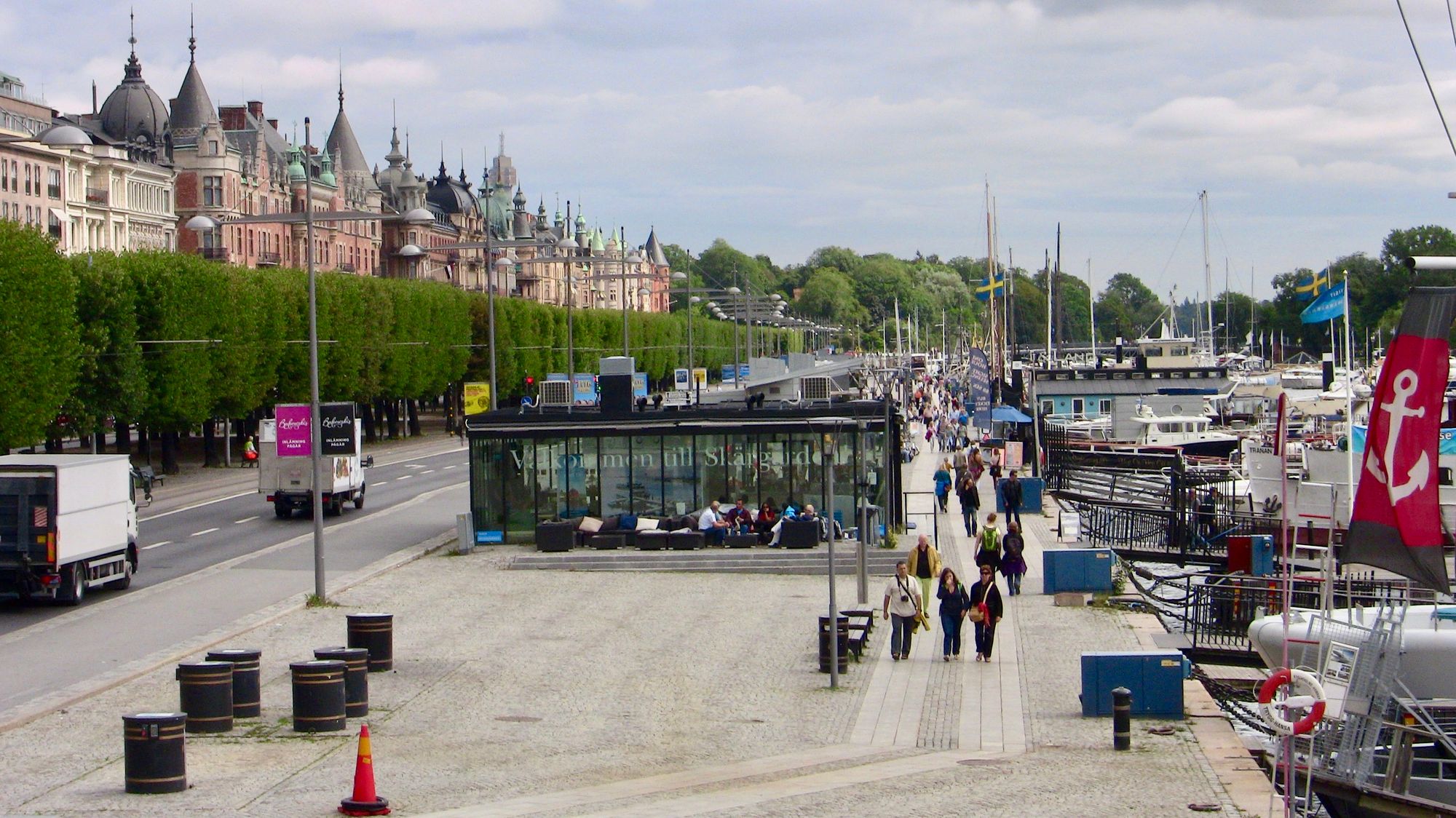


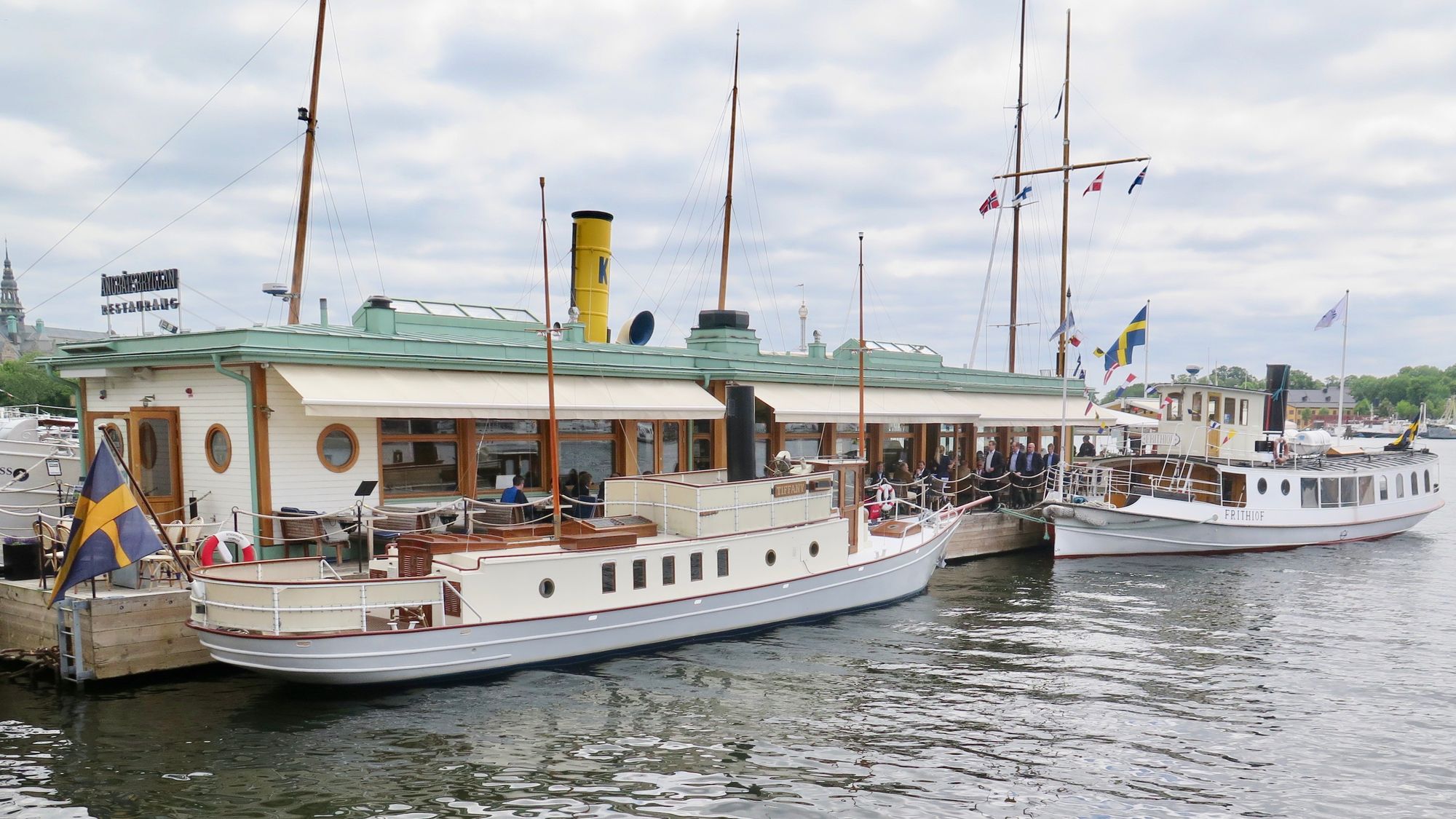
Stockholm's waterfront is full of restaurants and is uniquely well-connected, with esplanades leading to other beloved public spaces like the Kungsträdgården.
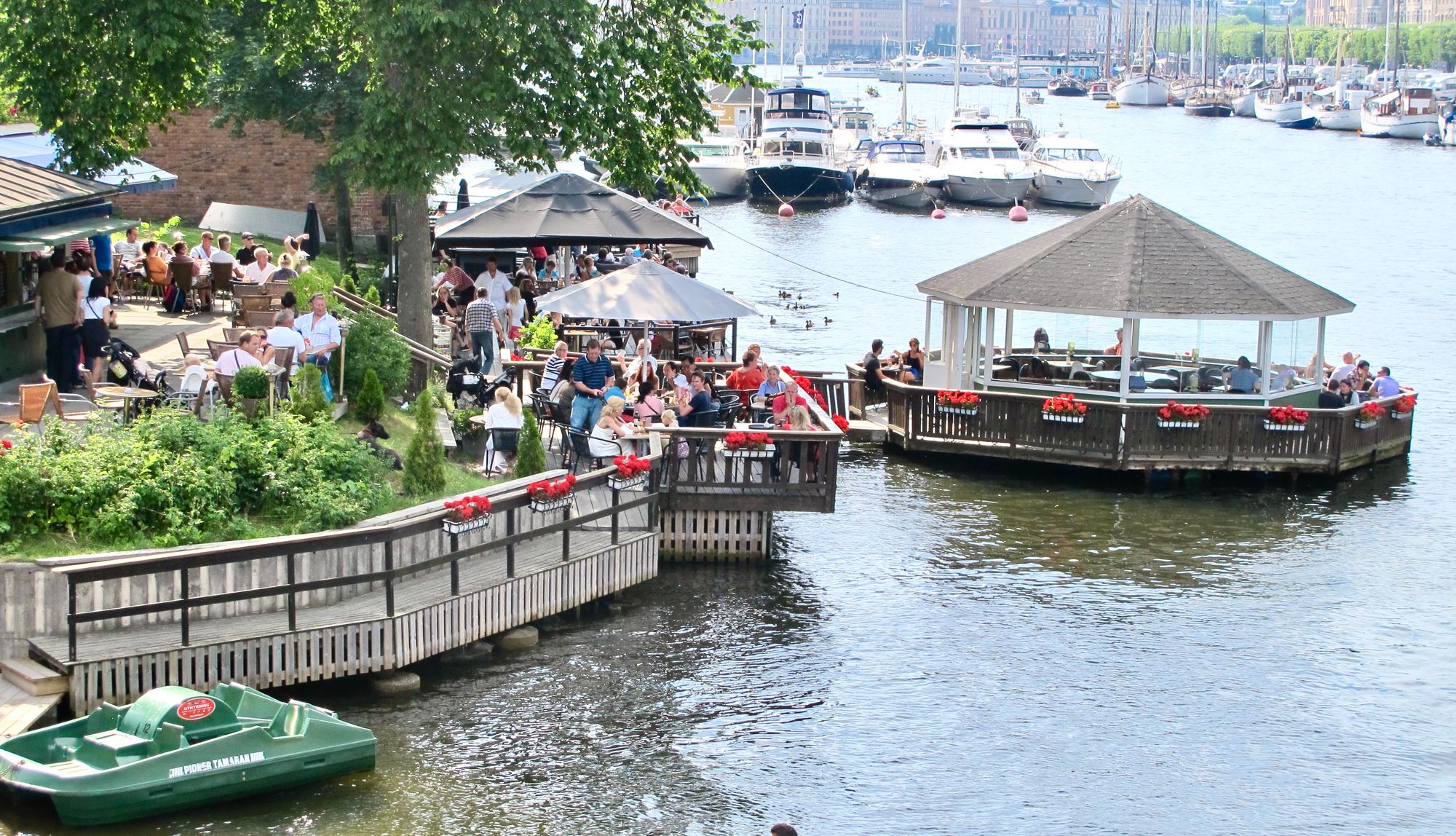
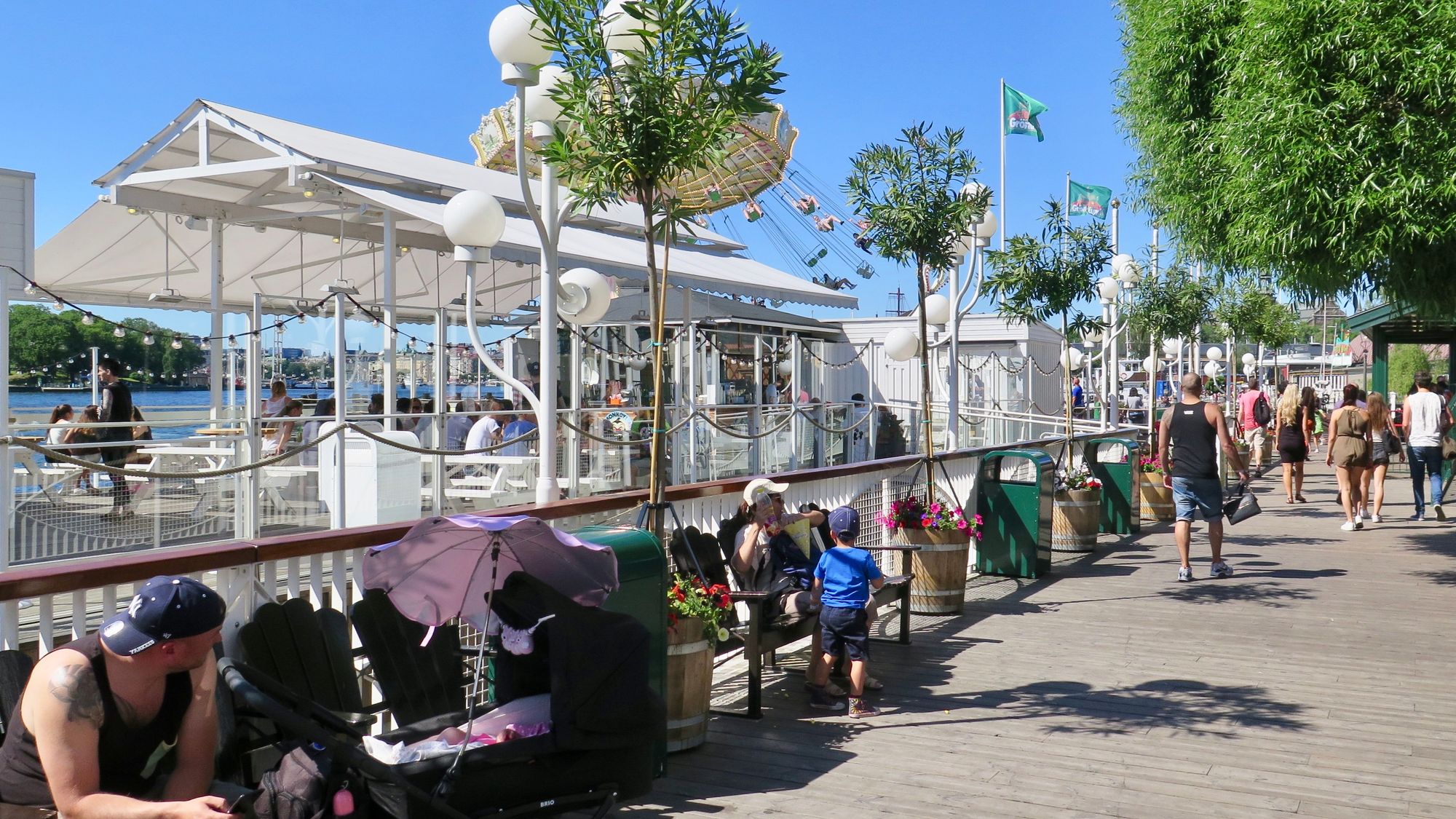
Stockholm's Durgarten Grunalund Amusement Park is also situated along the water and provides a high-energy activity hub. Having a major landmark like this along the water gives people a destination to make their way over to as they promenade.



Akker Brugge - Oslo
A former shipyard, Aker Brygge, has been transformed into a multi-use public destination, a popular place to live, and a meeting place for both Oslo residents and visitors to the city. The waterfront has everything – from shops and restaurants to marinas and an art museum – all connected with a vibrant pedestrian promenade.
This concept of spacing out interesting destinations like shops, cafes, and museums along a walkable pathway is essential for stimulating foot traffic and keeping people engaged with the space.
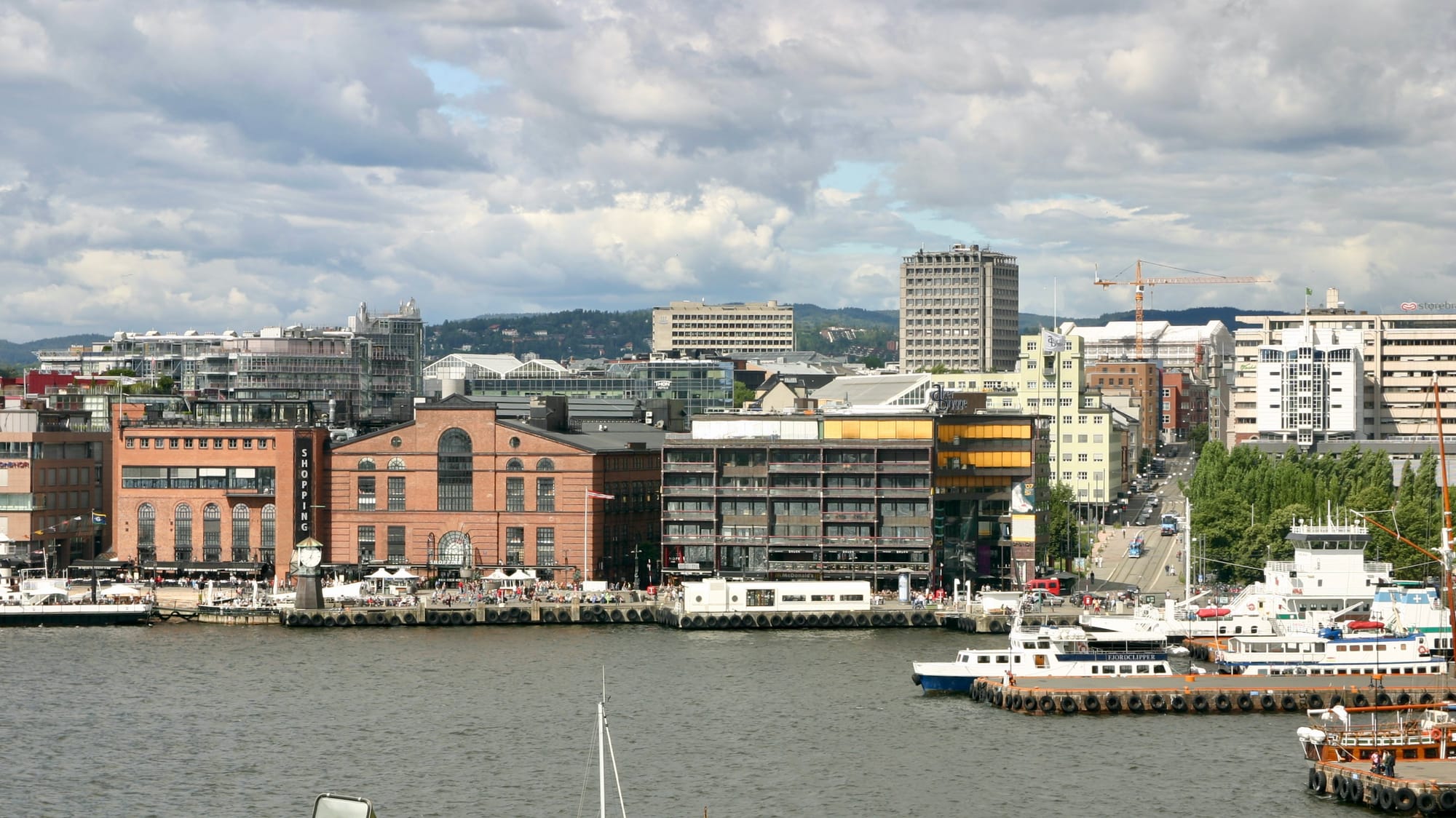
Main Pier - Akker Brugge
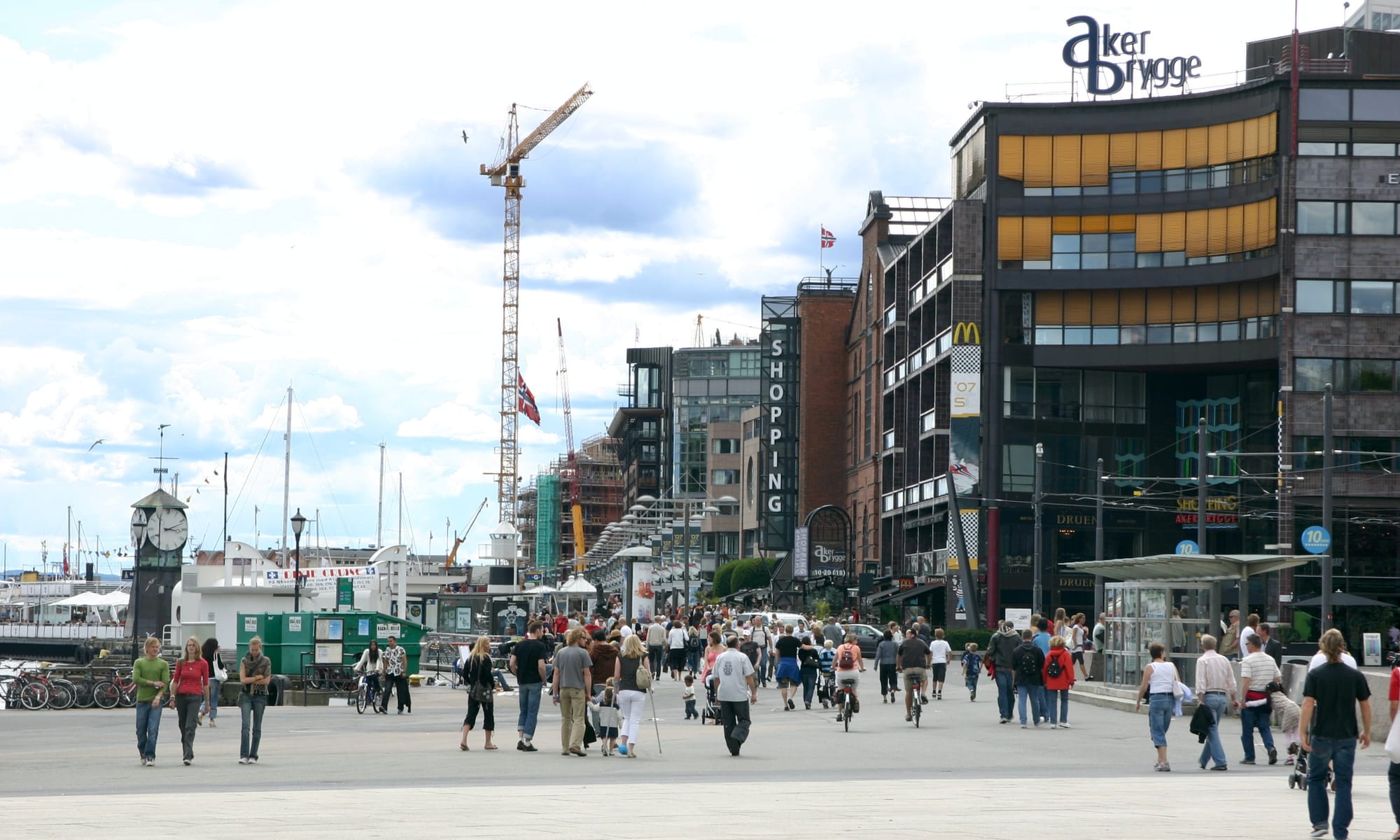
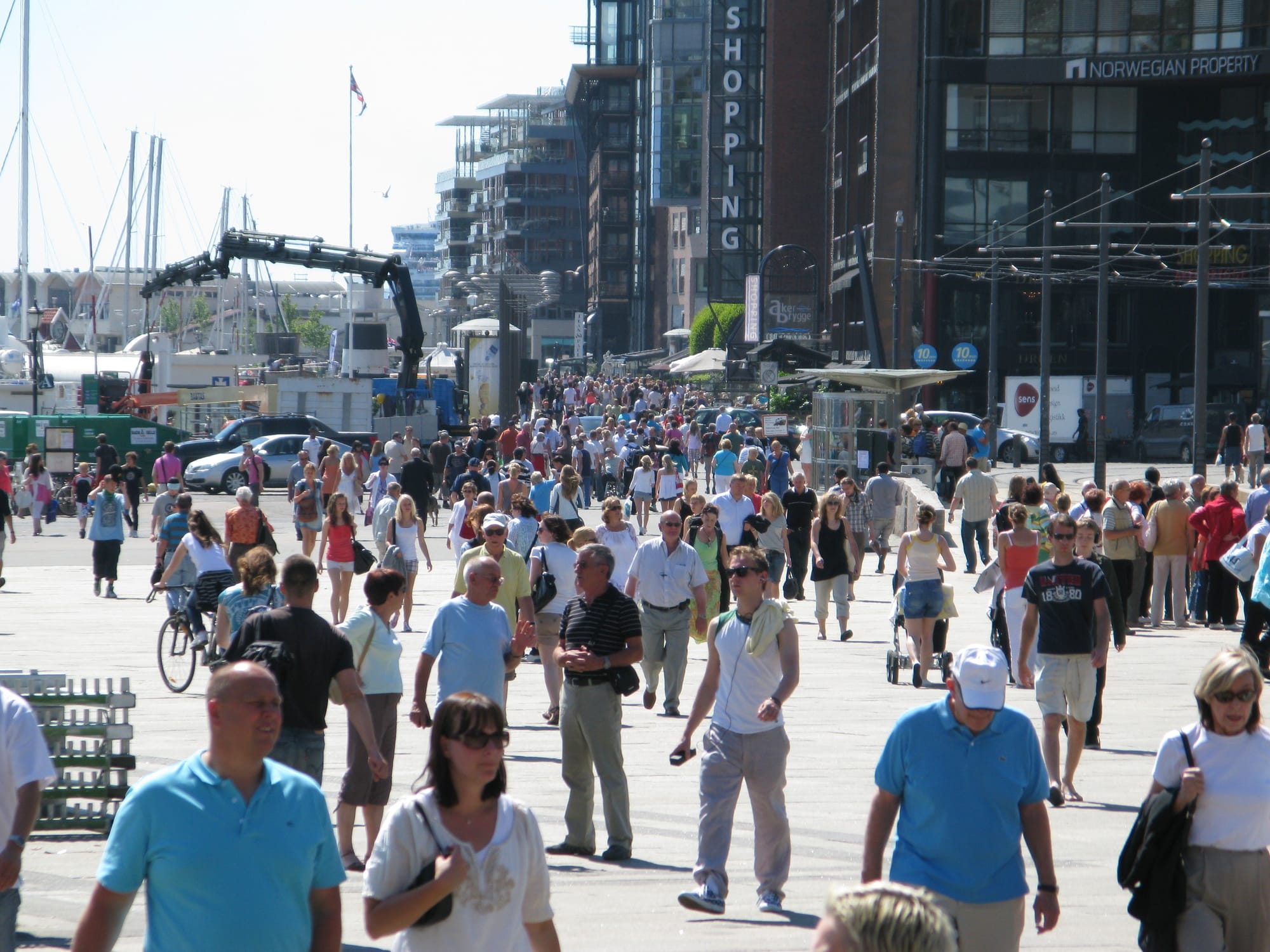


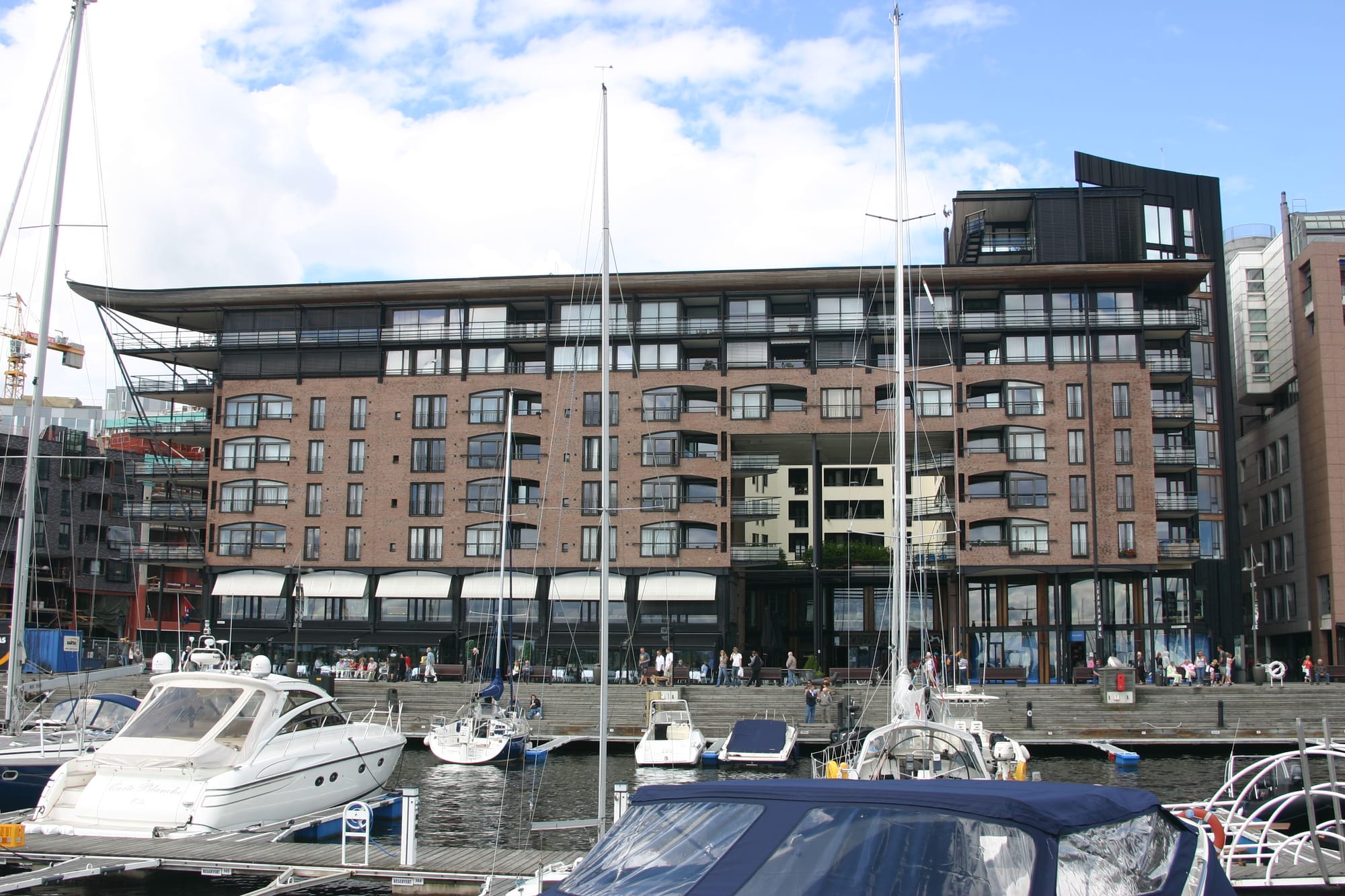



Interior Plaza Akker Brugge


Embarcadero - San Francisco, California
San Francisco's waterfront extends along the length of the city. In the Embarcadero, the city redeveloped a series of piers as activity centers, connected by a wide pedestrian promenade and boulevard. Other piers are still used for maritime purposes. Streets perpendicular to the Embarcado connect the waterfront to adjacent neighborhoods, making access easy for local residents.
A great way to start a waterfront's revitalization is by focusing on the piers and turning them into attractions through the addition of a variety of amenities, activities and assets.
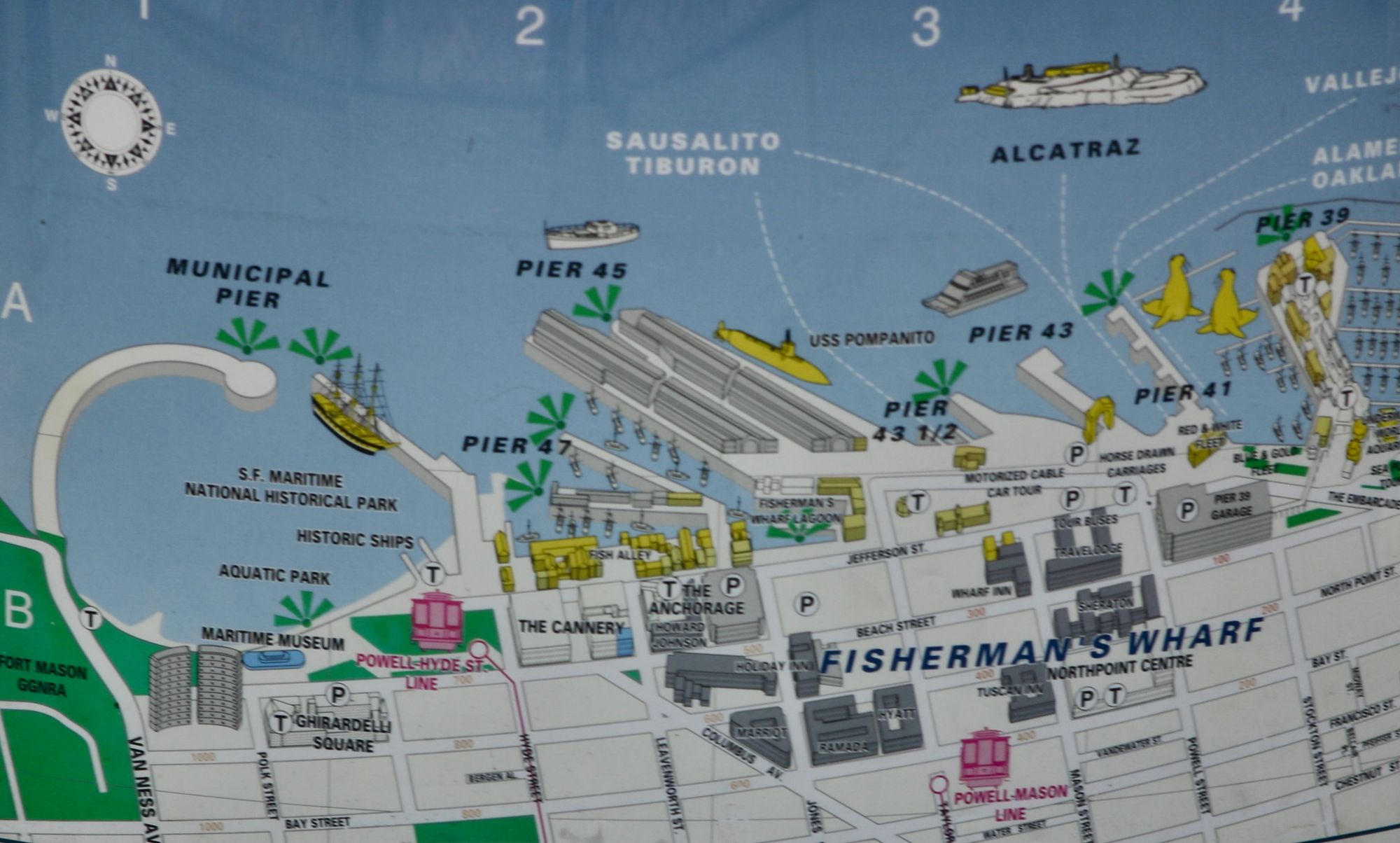




Fisherman's Wharf
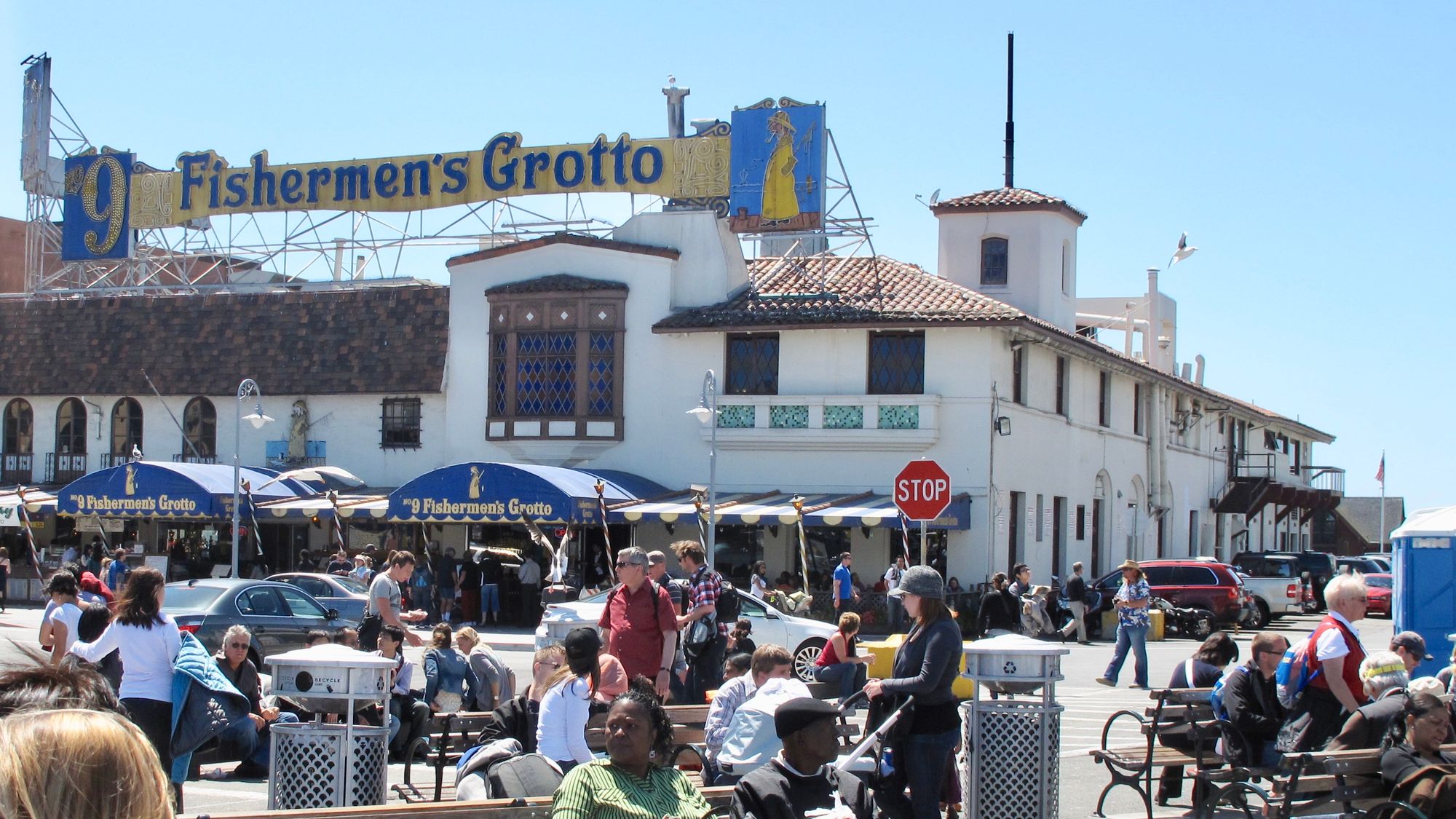
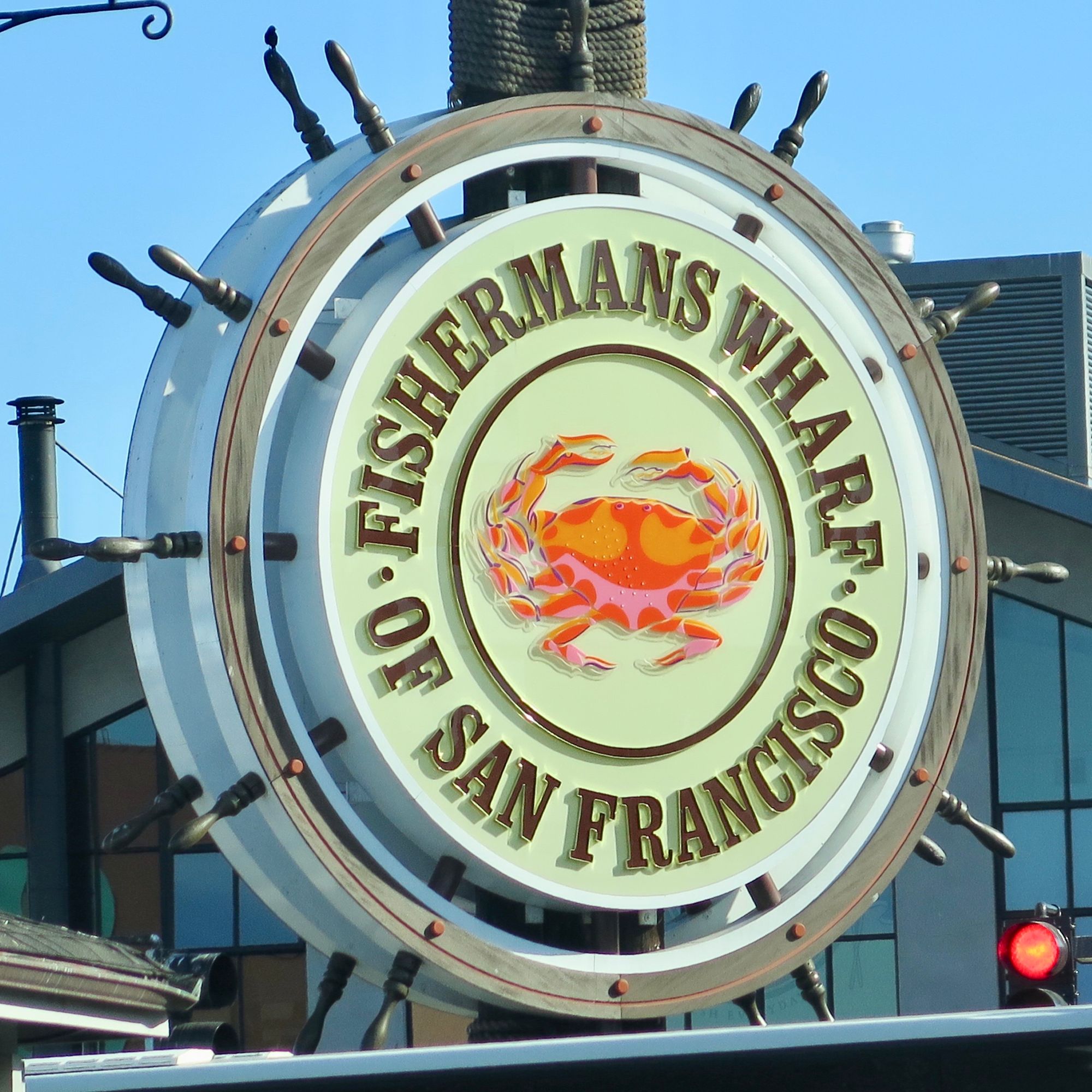



San Francisco's waterfronts are a hub, off of which community activity has continued to grow.
Pier 39
San Francisco's Pier 39 has abundant activity, including an aquarium, carousel, tours, and even encounters with local sea lions.
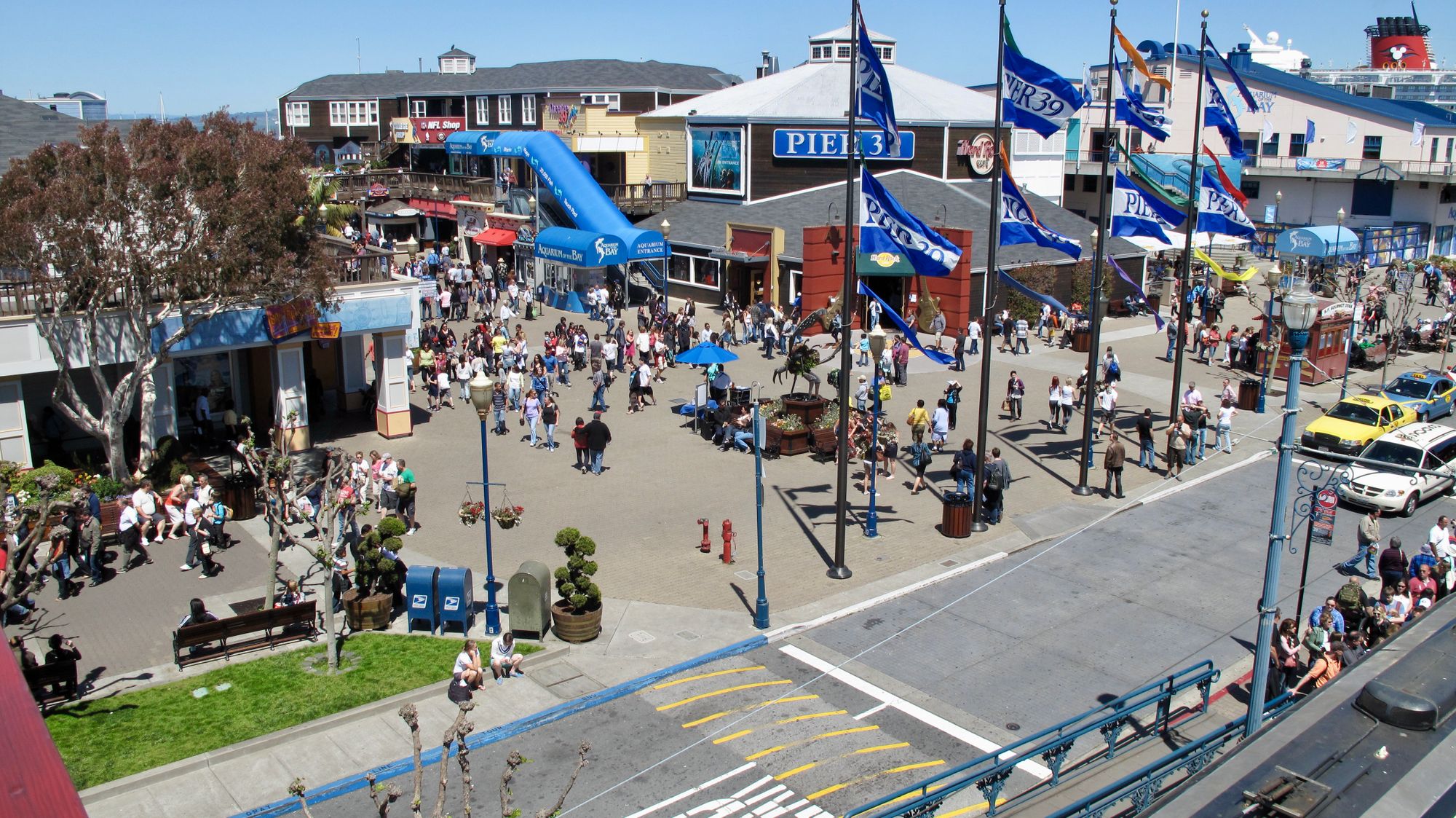
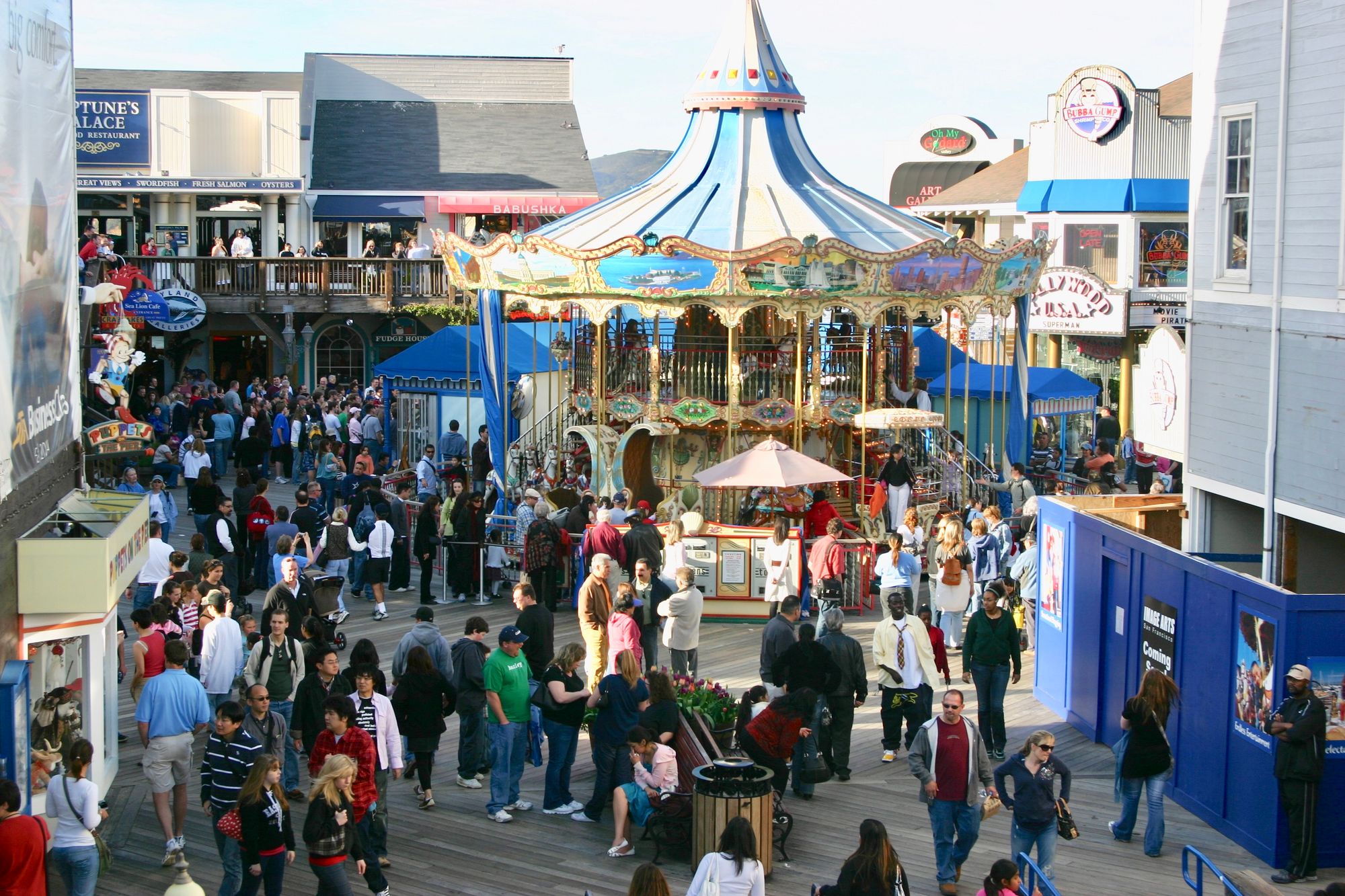
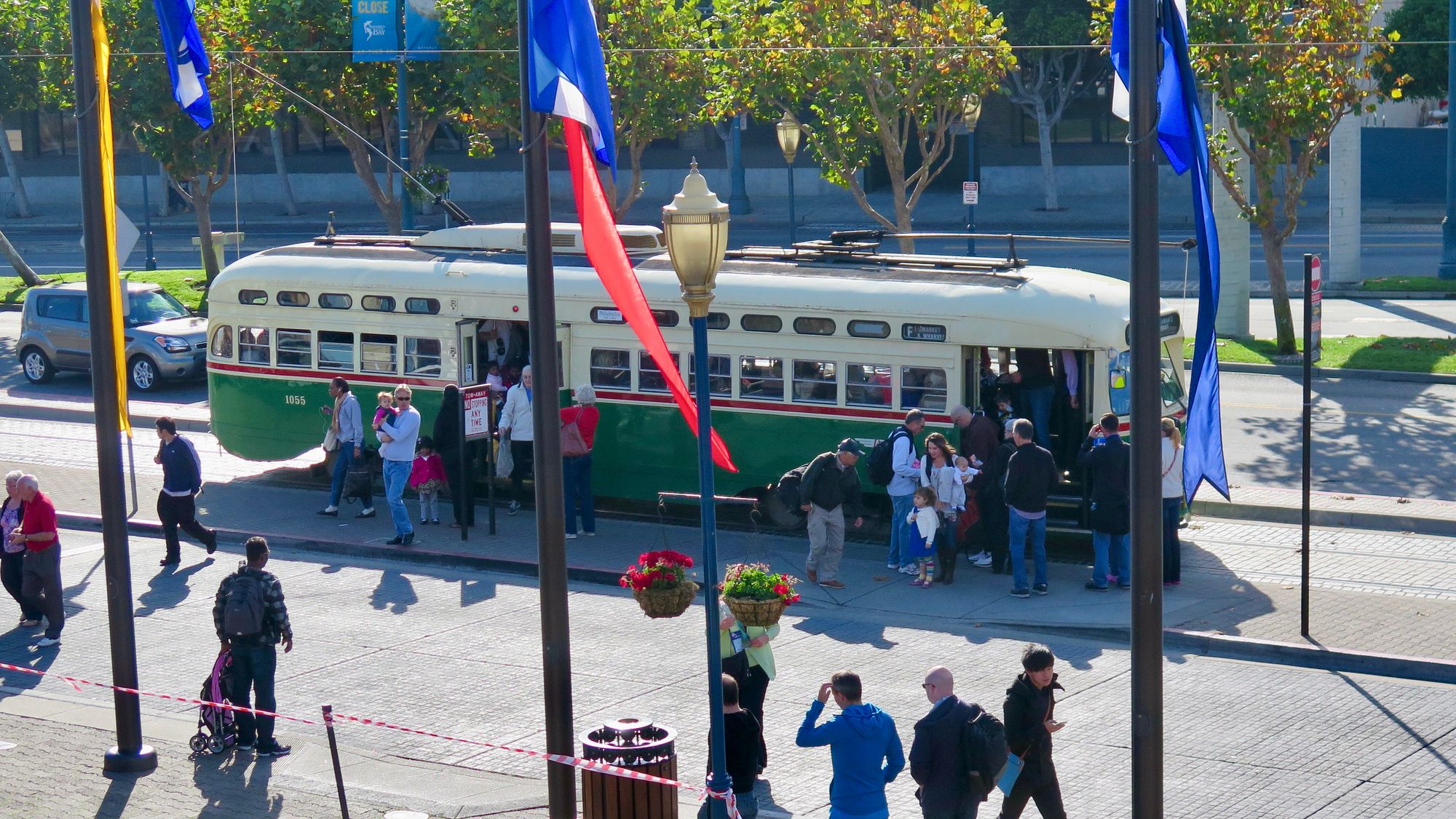
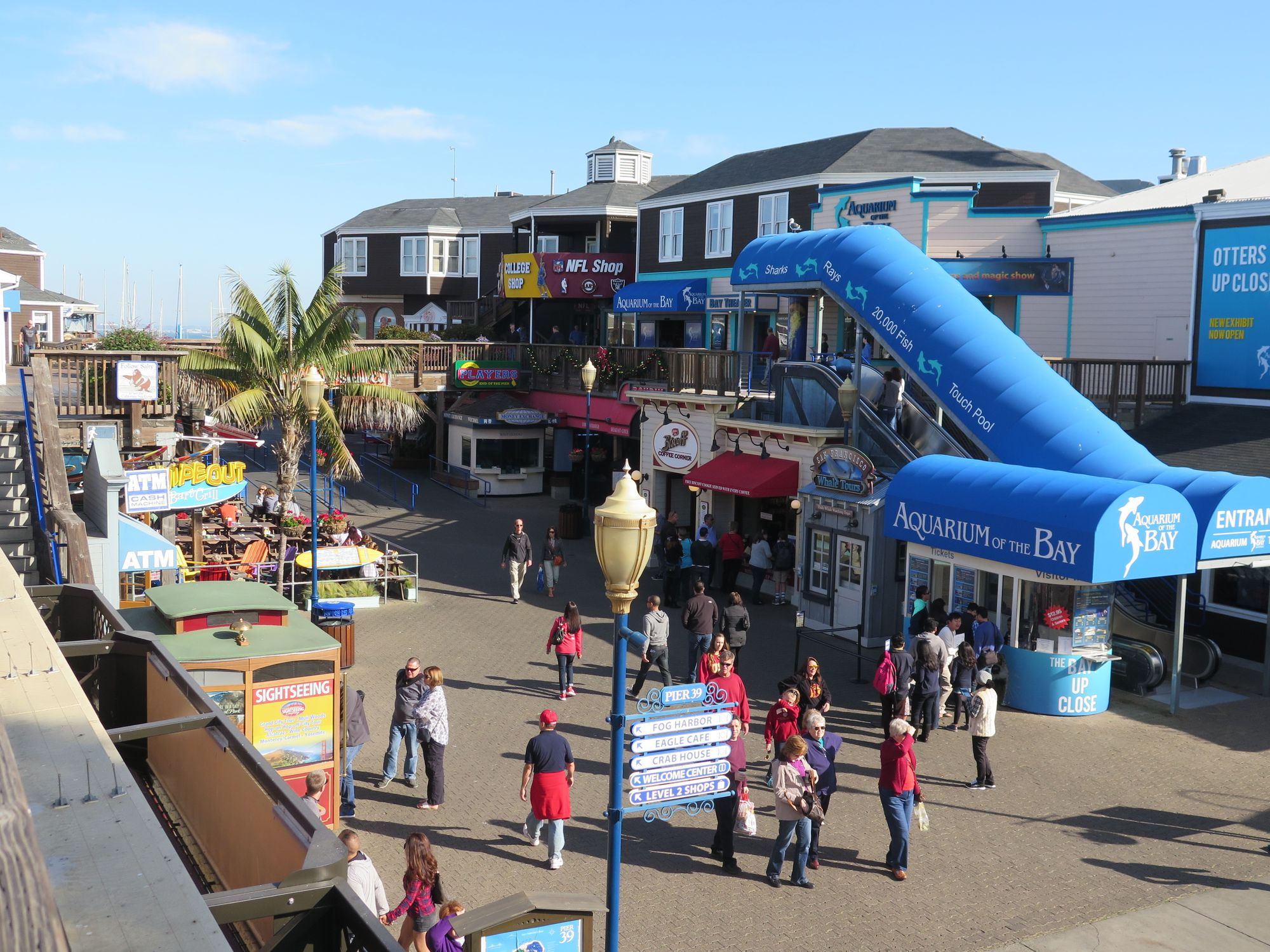
Neighborhood Connections
The activities along the water in San Francisco reach up into the neighborhoods, showing a remarkable sense of connectedness.
Connecting surrounding neighborhoods to the goings-on of a waterfront is a great way to increase visitation. Isolating the waterfront with wide streets or making it difficult to reach negatively impacts how many people make their way over to it on a regular basis.
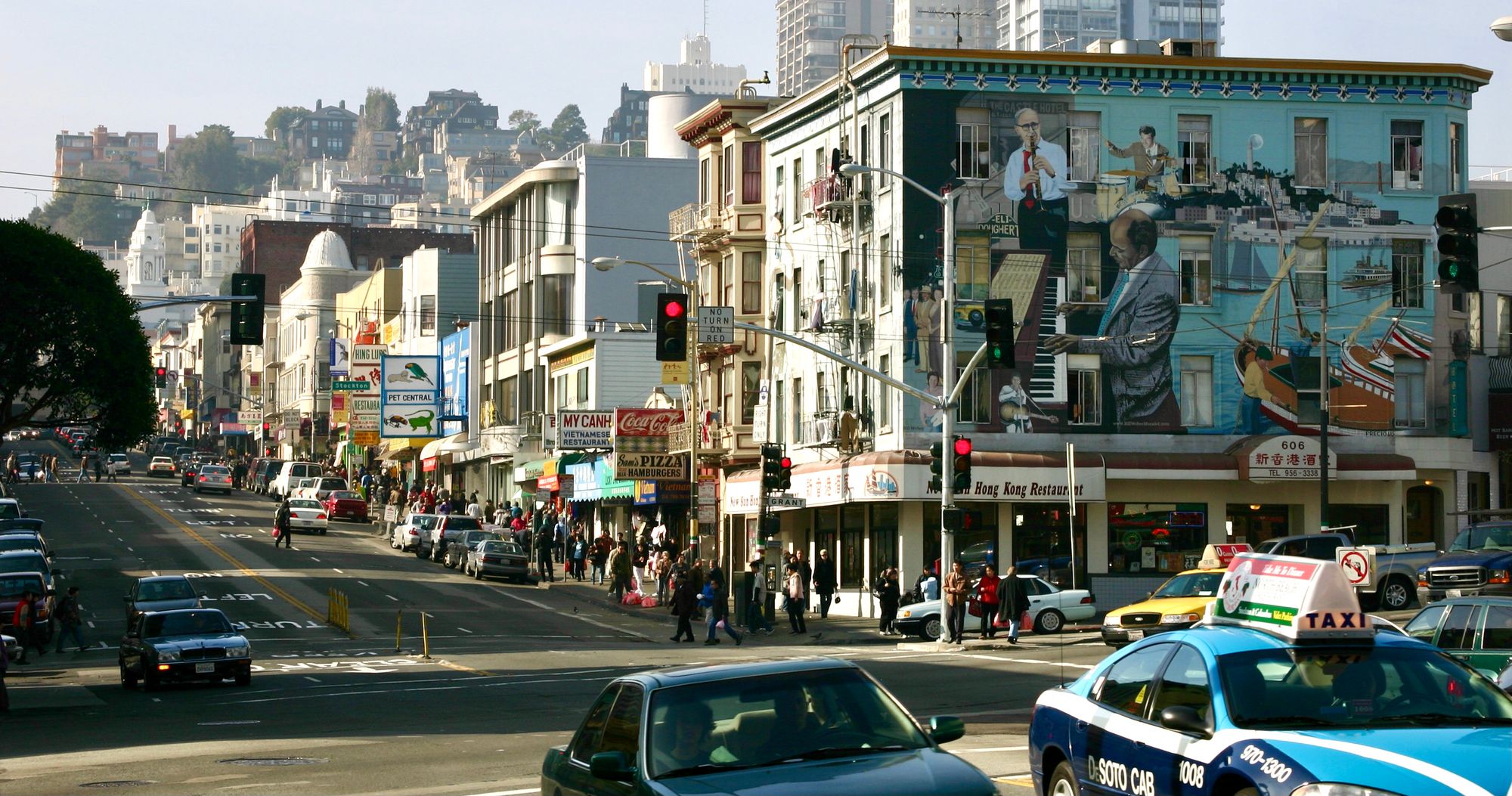
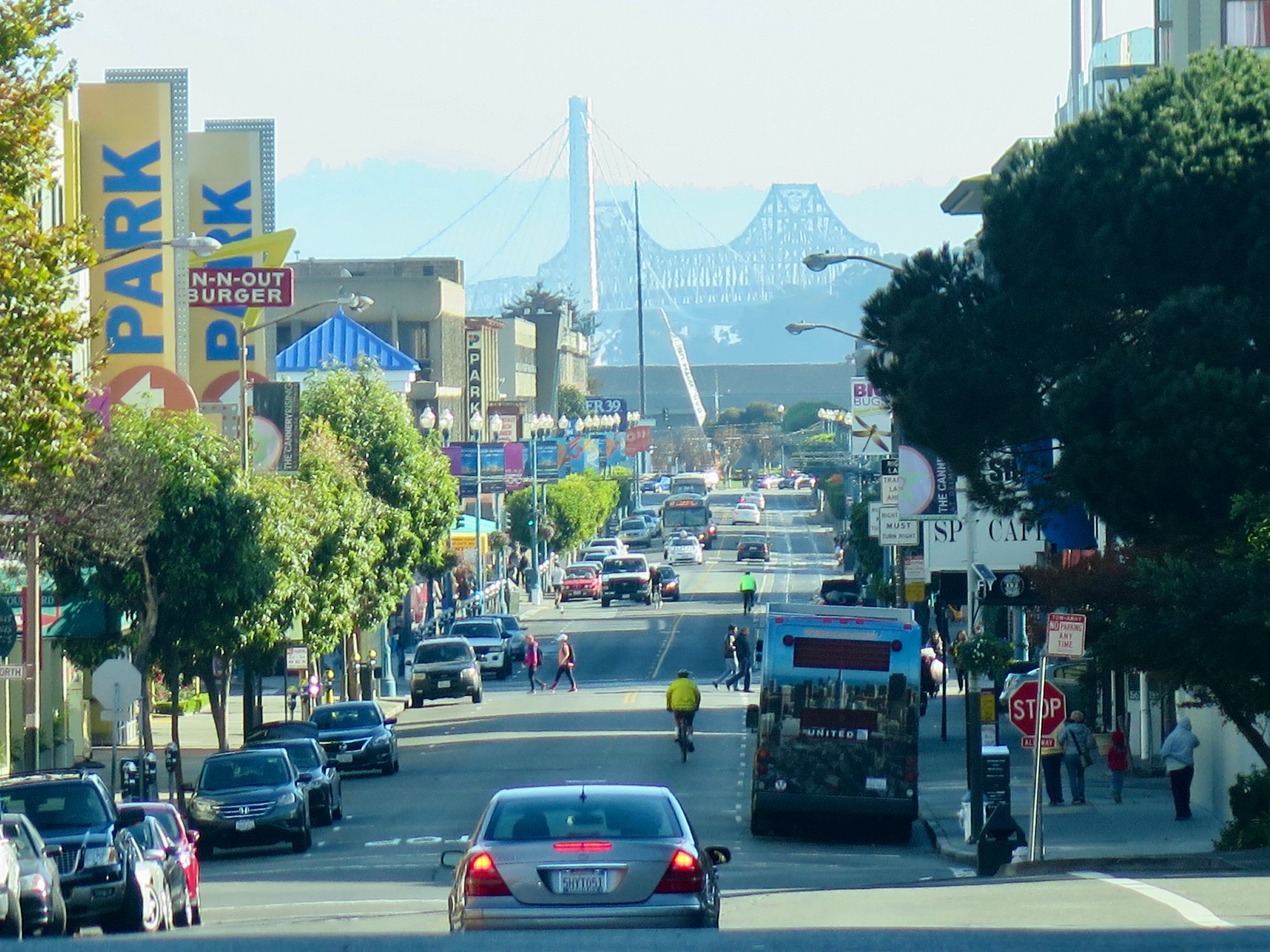
South Bank - London
Once the industrial side of the Thames River, South Bank is now one of the most significant destinations in London. A riverfront walkway connects many key cultural destinations, historic markets, and even a giant ferris wheel called The Eye.
South Bank is a great example of a waterfront that weaves gracefully between large and important cultural landmarks, guiding foot traffic into them. It is also a venue for regular events and performances, elevating its status as one of the city's most popular and multi-faceted public places.



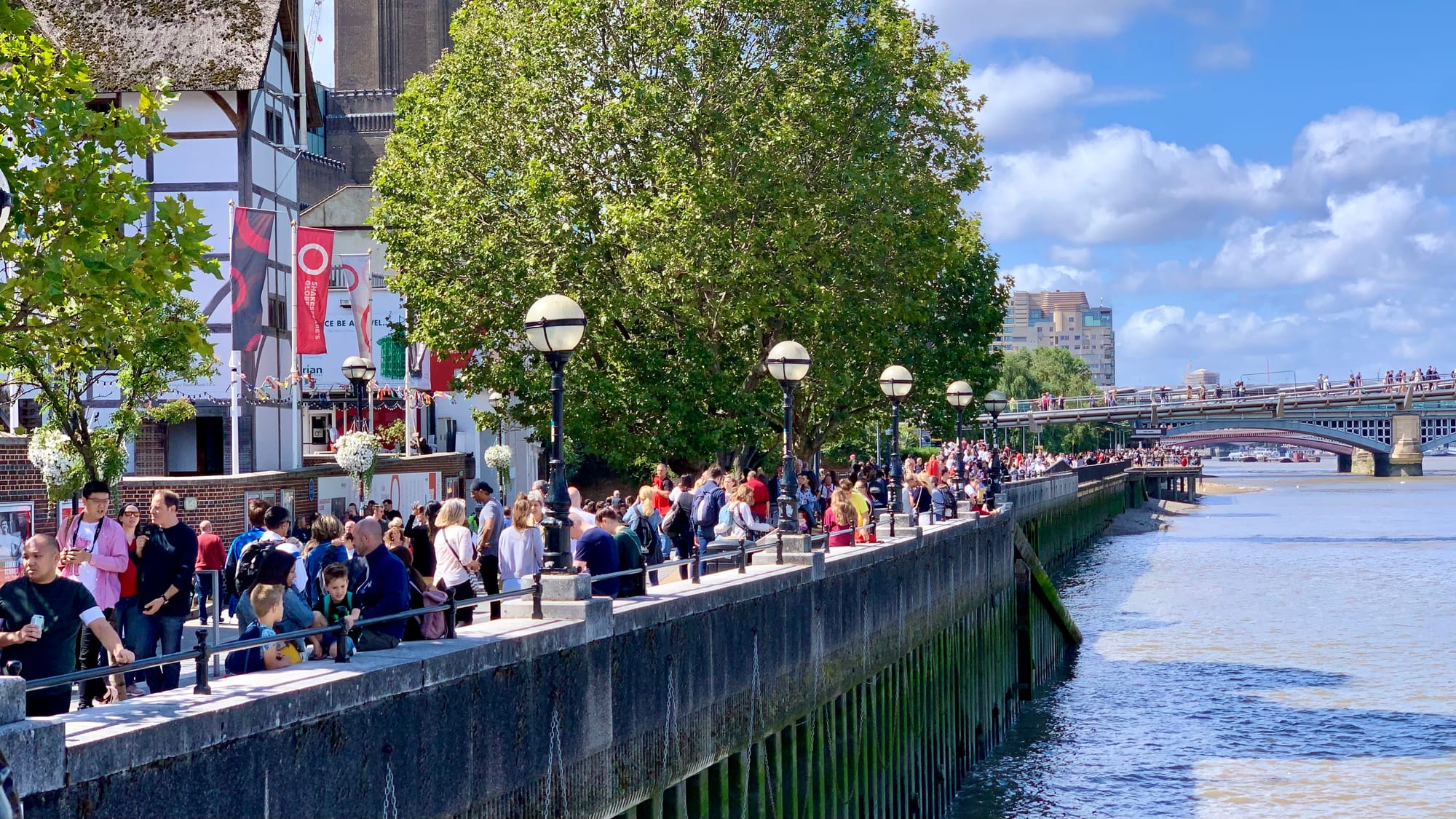

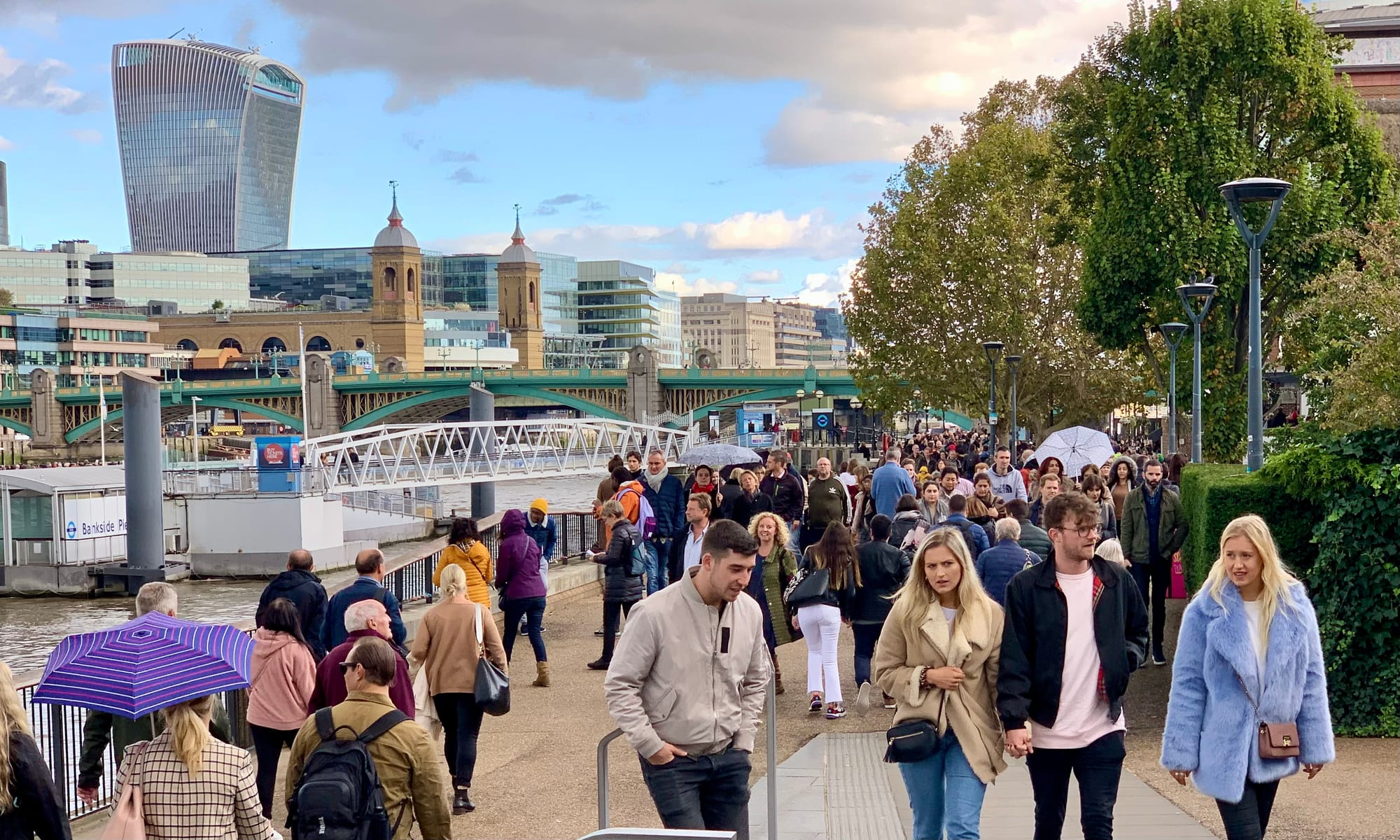

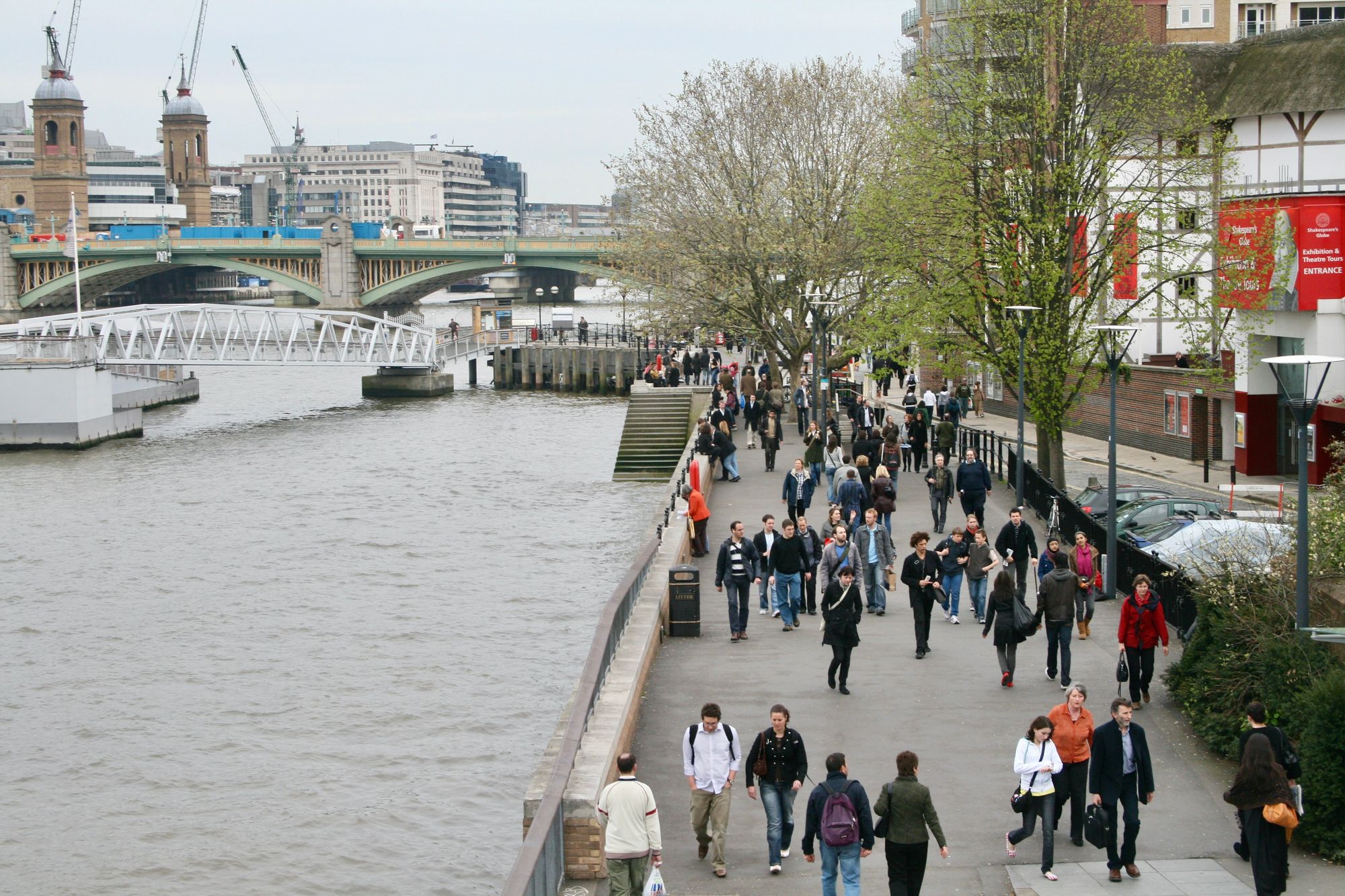

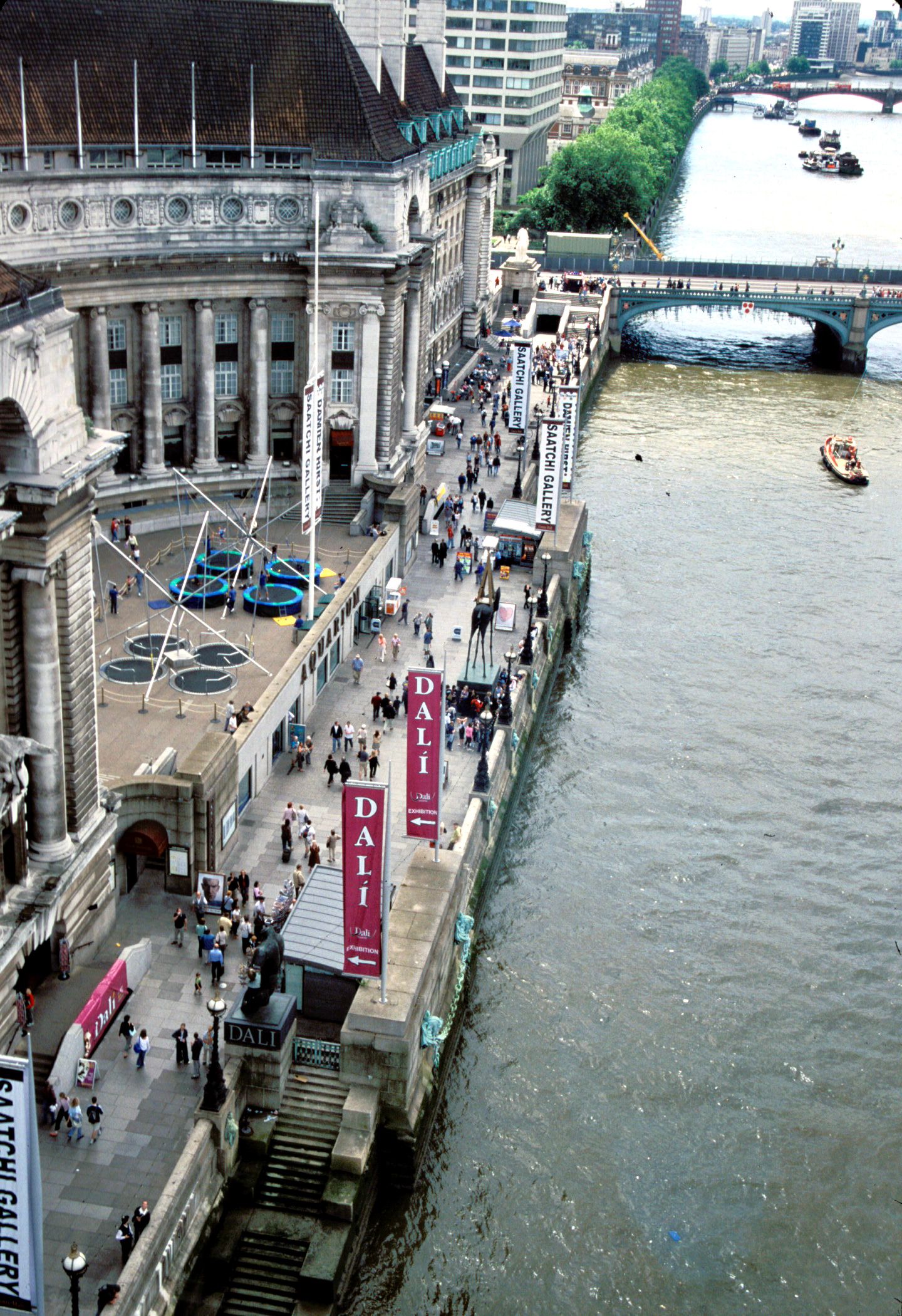


The London Eye
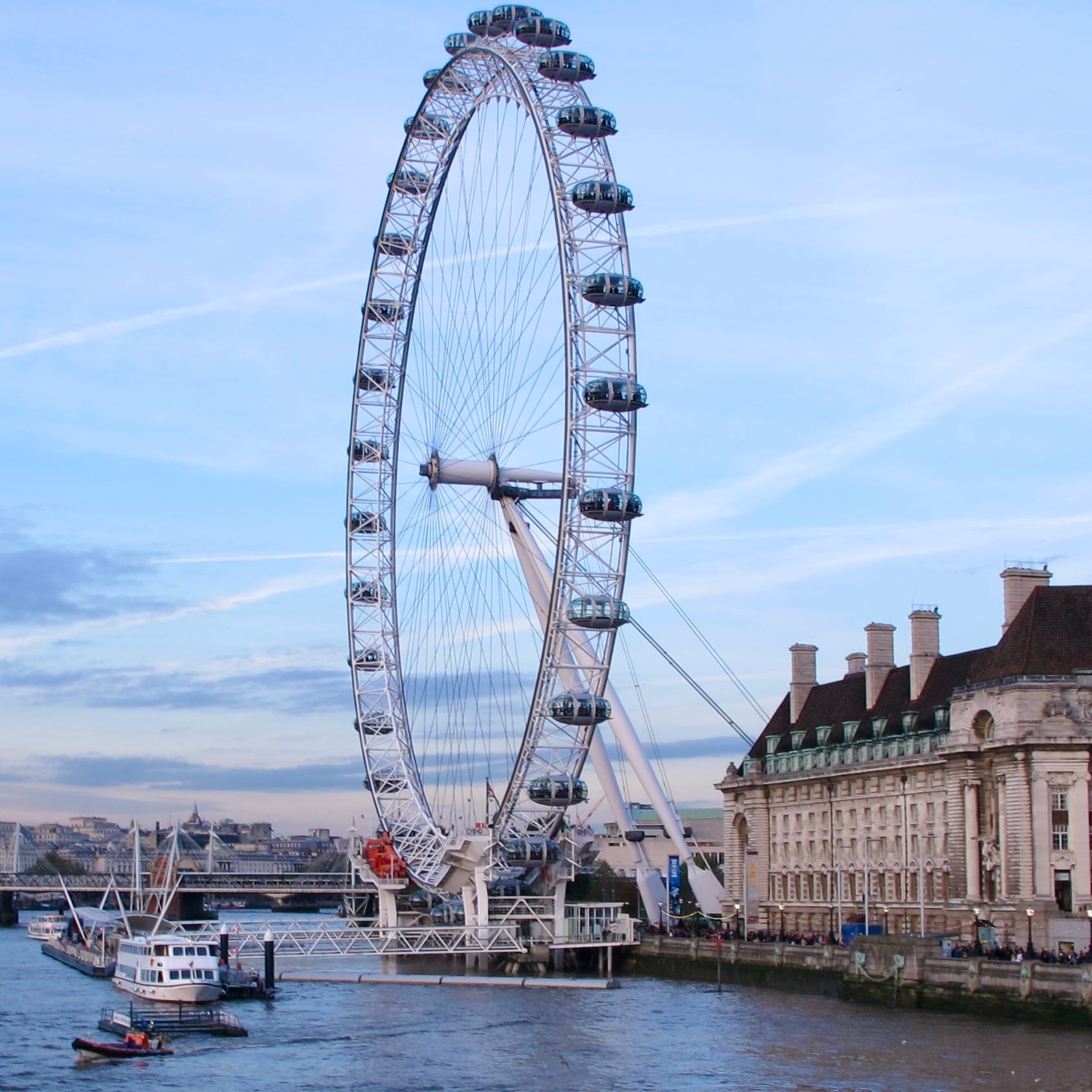


Gabriel's Wharf: Incubation Hub for Small Businesses
Gabriel's Wharf is a dynamic spot filled with artists, food purveyors, independent clothing artisans, and a food truck market. It is a business incubator enlivened by arts programming. Built in 1998 as a “temporary” solution to animate a vacant space, Gabriel's Wharf has been so successful that it still flourishes 25 years later.
It offers a wonderful example worth following of how a public space that enjoys plentiful visitation can become fertile soil for local businesses to grow.

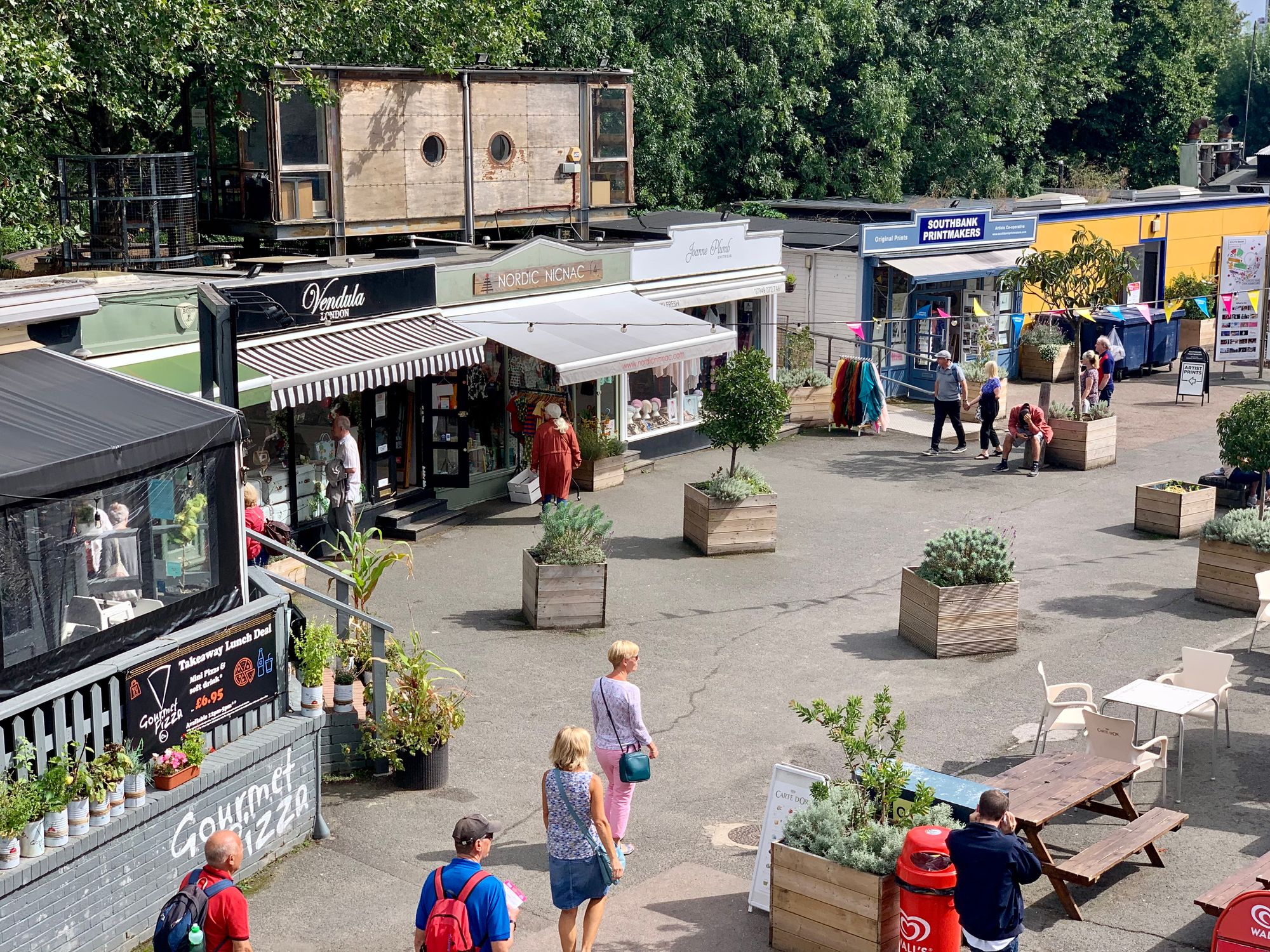
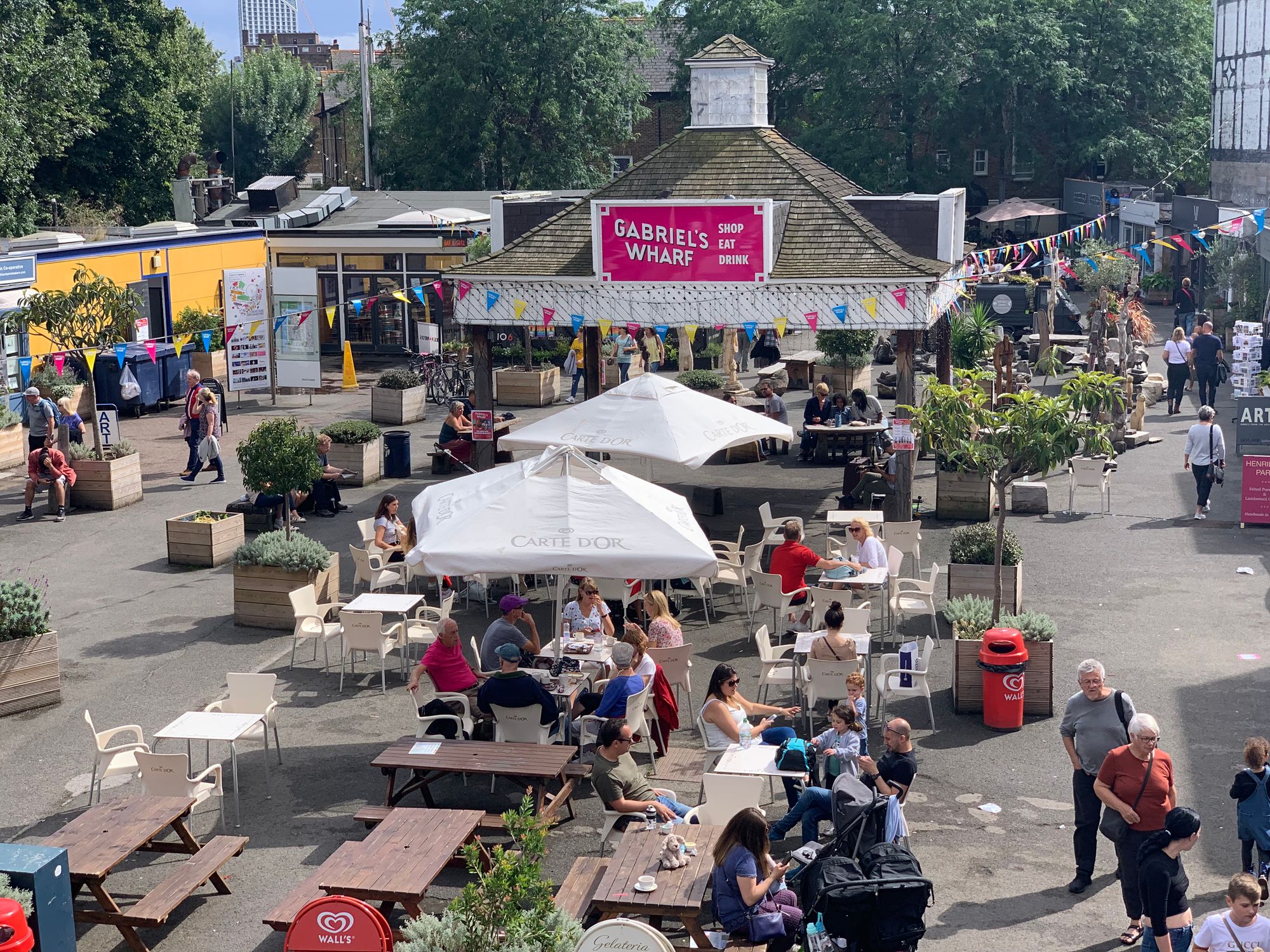
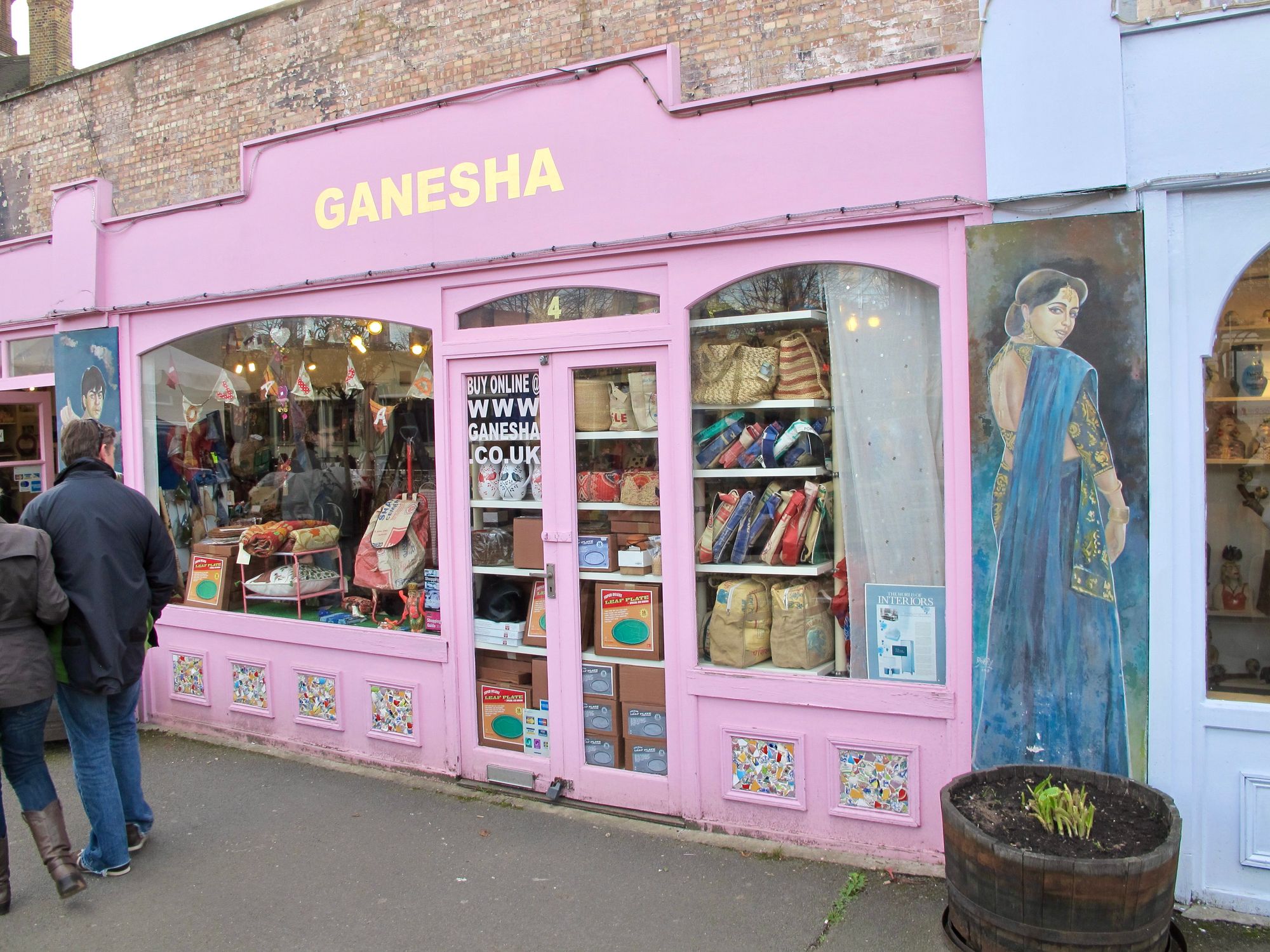


A mural animates a blank wall and gives the impression that the space is a "High Street" of food businesses.
Food Truck Market
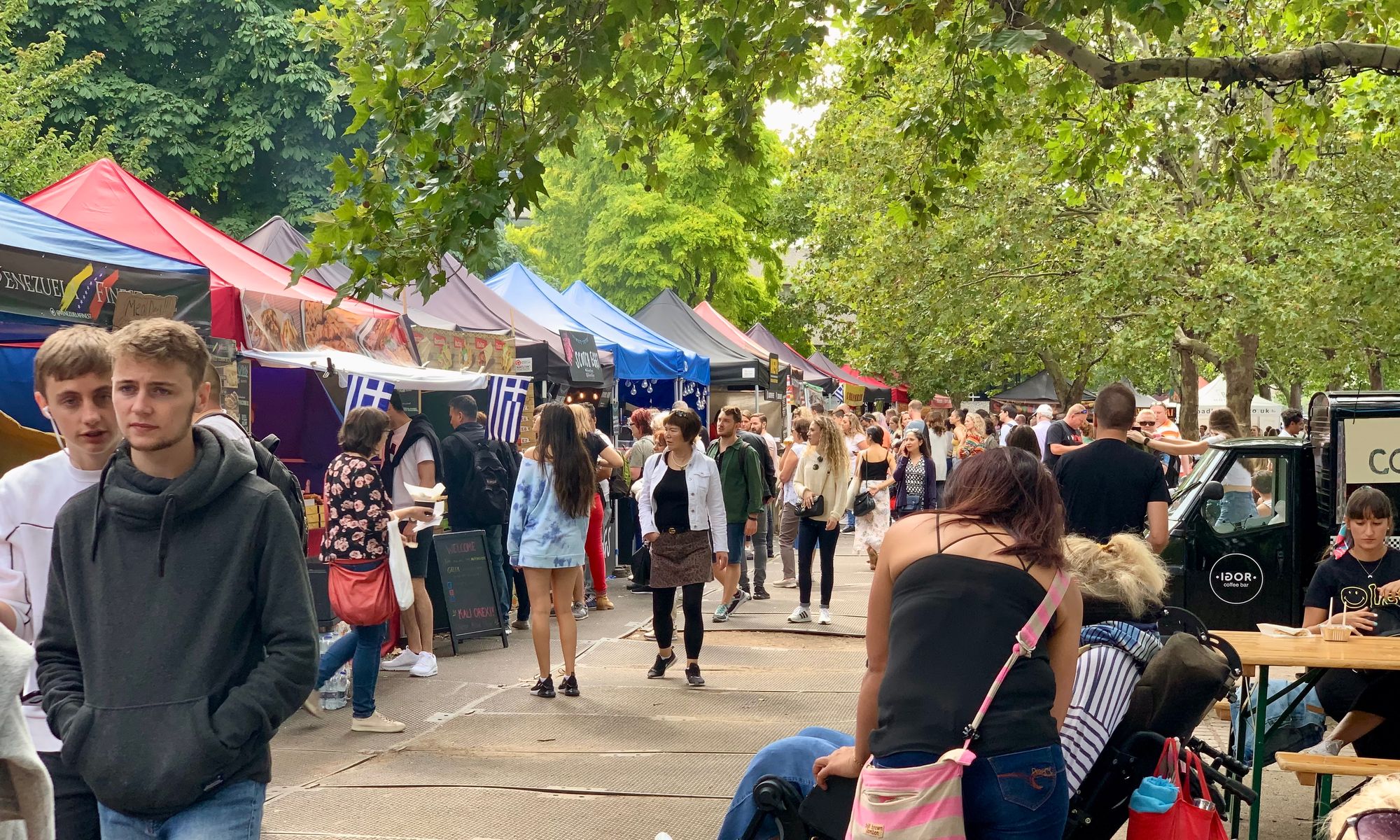
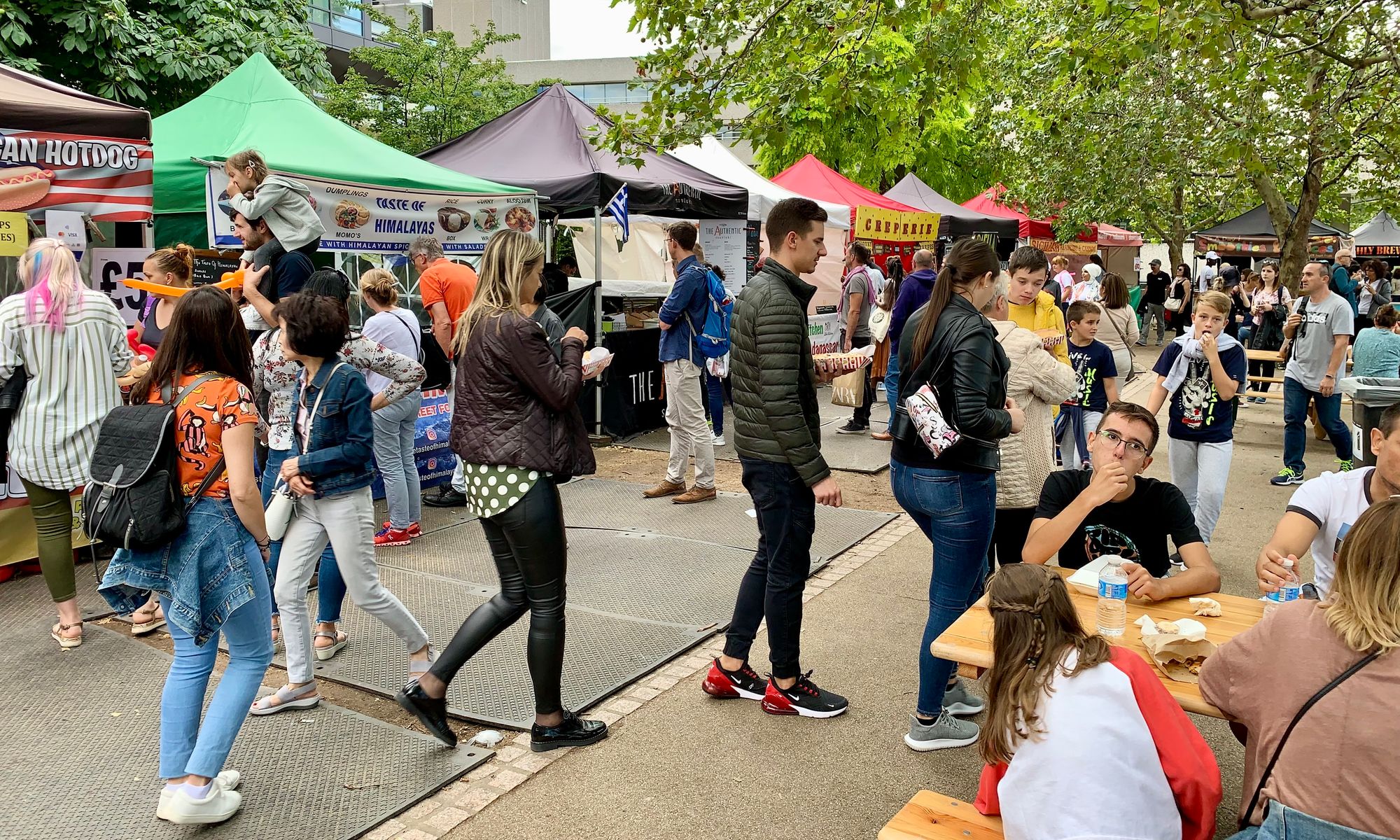


Borough Market
Borough Market is a delight for the senses and has been for centuries. Along the South Bank Waterfront in London, this is the place to be if you're looking for fresh as well as prepared foods. The market is well-connected and boasts a mix of indoor and outdoor spaces (inside the Market Hall and out). Borough Market is one of the most visited destinations in London and a major attraction along the South Bank.
It makes a great case for the organic design of an expansive commercial area that weaves through and around various urban spaces in a way that feels natural, dynamic and engaging. Activation, especially of large areas like waterfronts, doesn't have to be limited to something simple and compartmentalized.


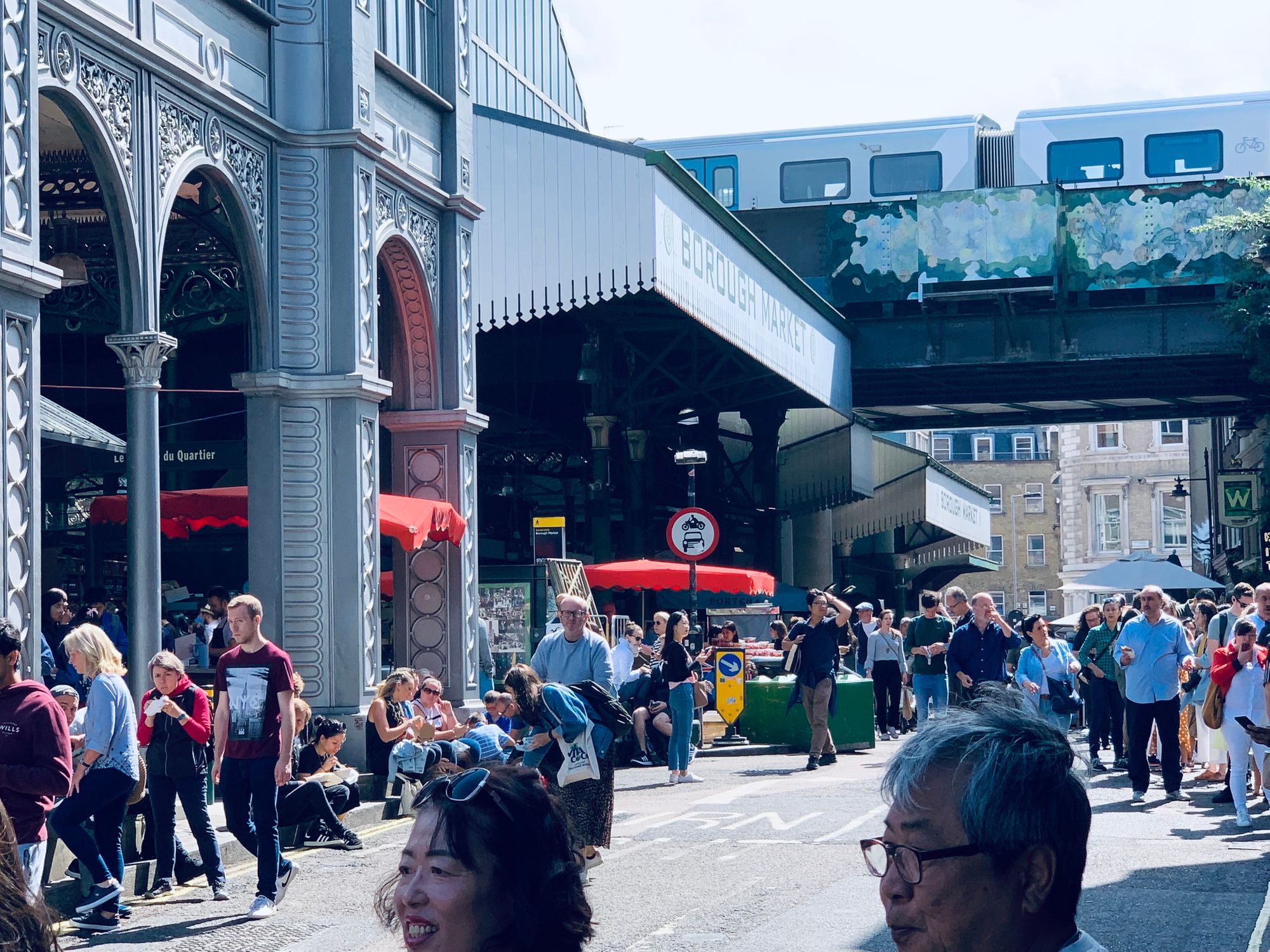






The engagement between people and products is intense.
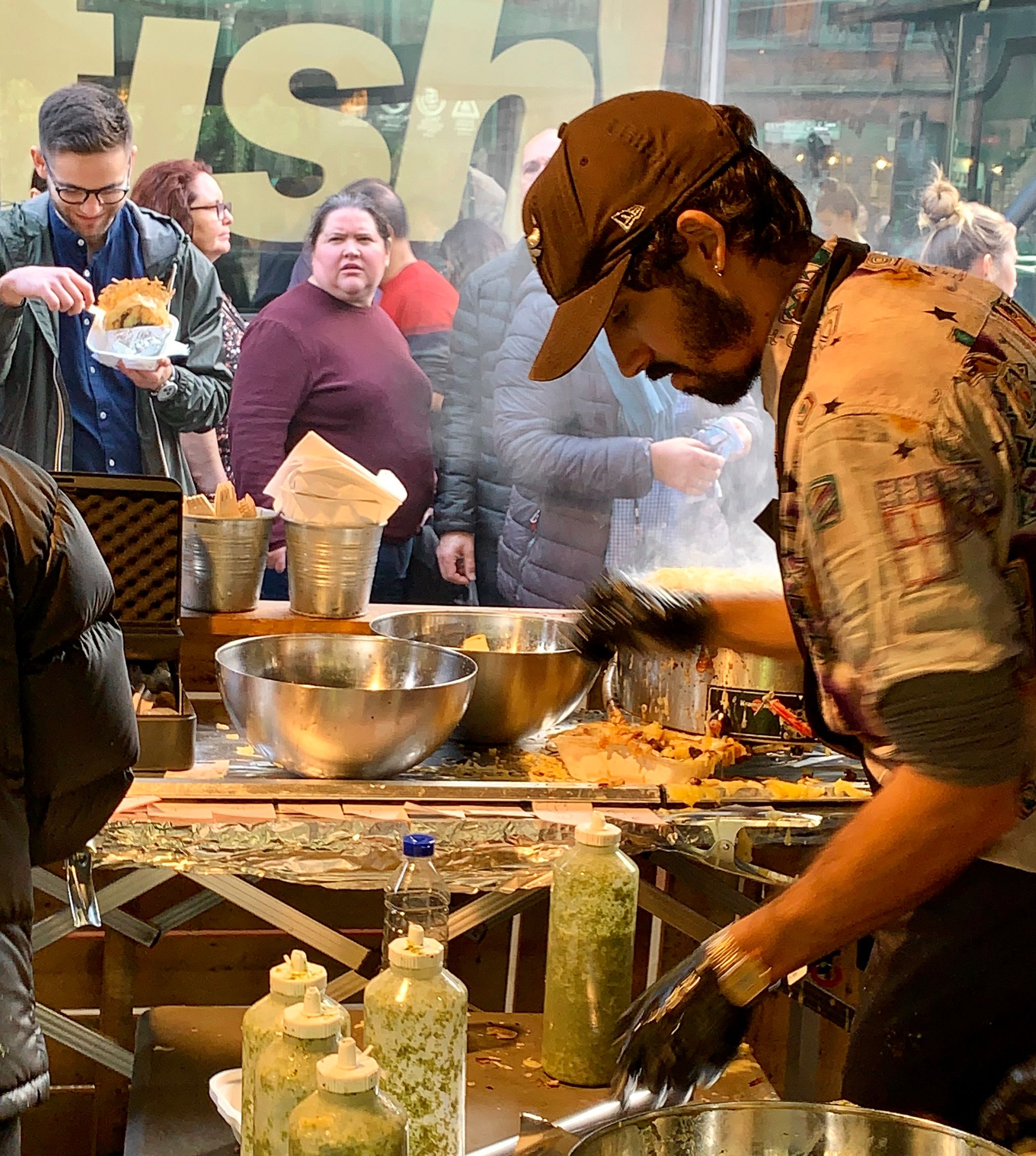
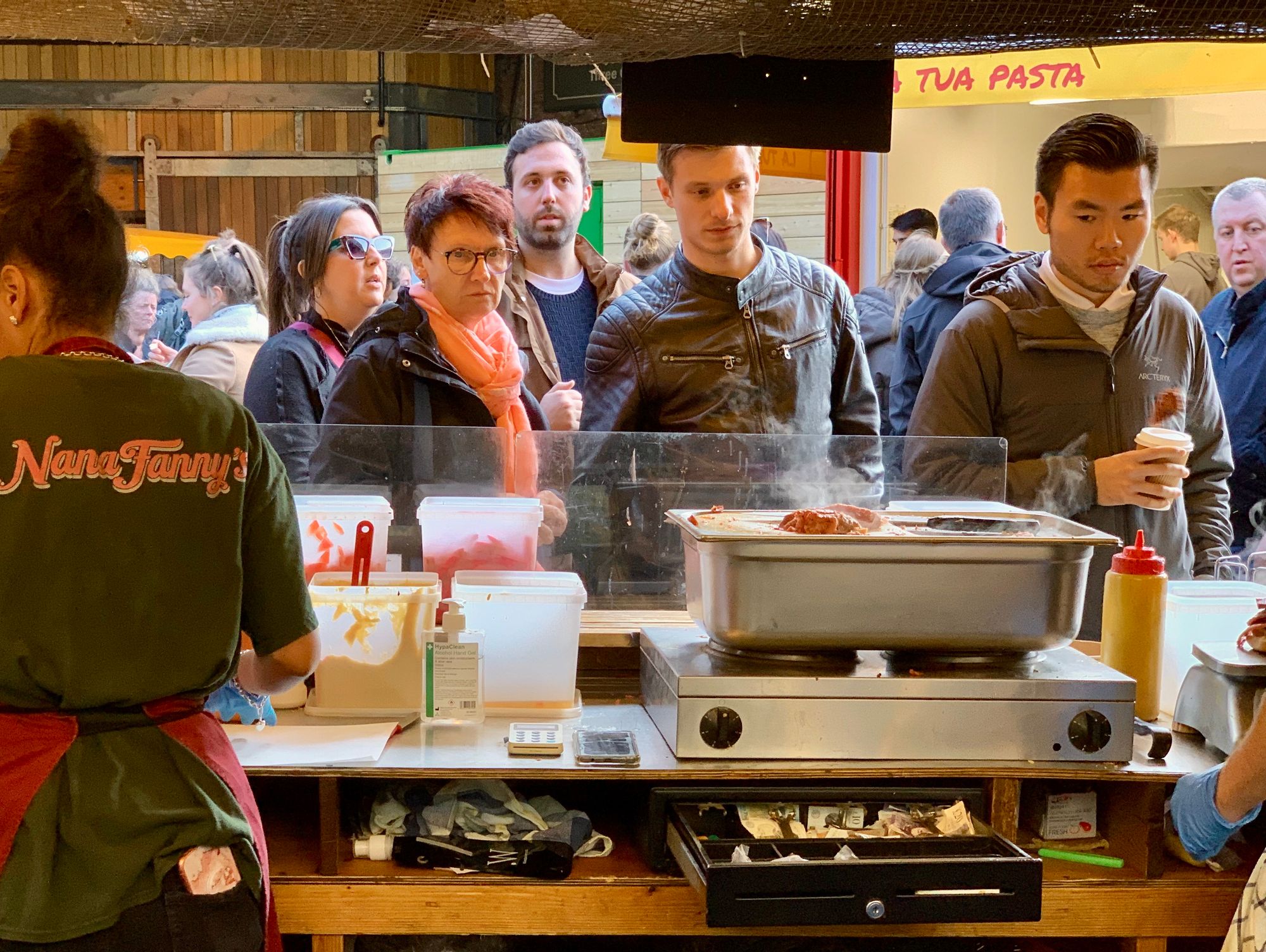



Ocean Drive - Miami Beach, Florida
With Art Deco buildings lining Ocean Drive on one side and a park and beach on the other, Ocean Drive in Miami Beach is a place to see and be seen as traffic creeps along the busy thoroughfare. Most of the Art Deco hotels that face Ocean Drive have porches to view the passing throngs of visitors. While these porches have been popular since they were built in the 1930s, it was only after the street was narrowed and the sidewalk widened that Ocean Drive became a vibrant place for pedestrians to promenade.
Ocean Drive shows us how limiting traffic and car speeds in conjunction with expanding pedestrian areas is the key to making a public place thrive. The more space people have to socialize, patronize restaurants, and shop, the more people will socialize, patronize restaurants, and shop. It's natural.
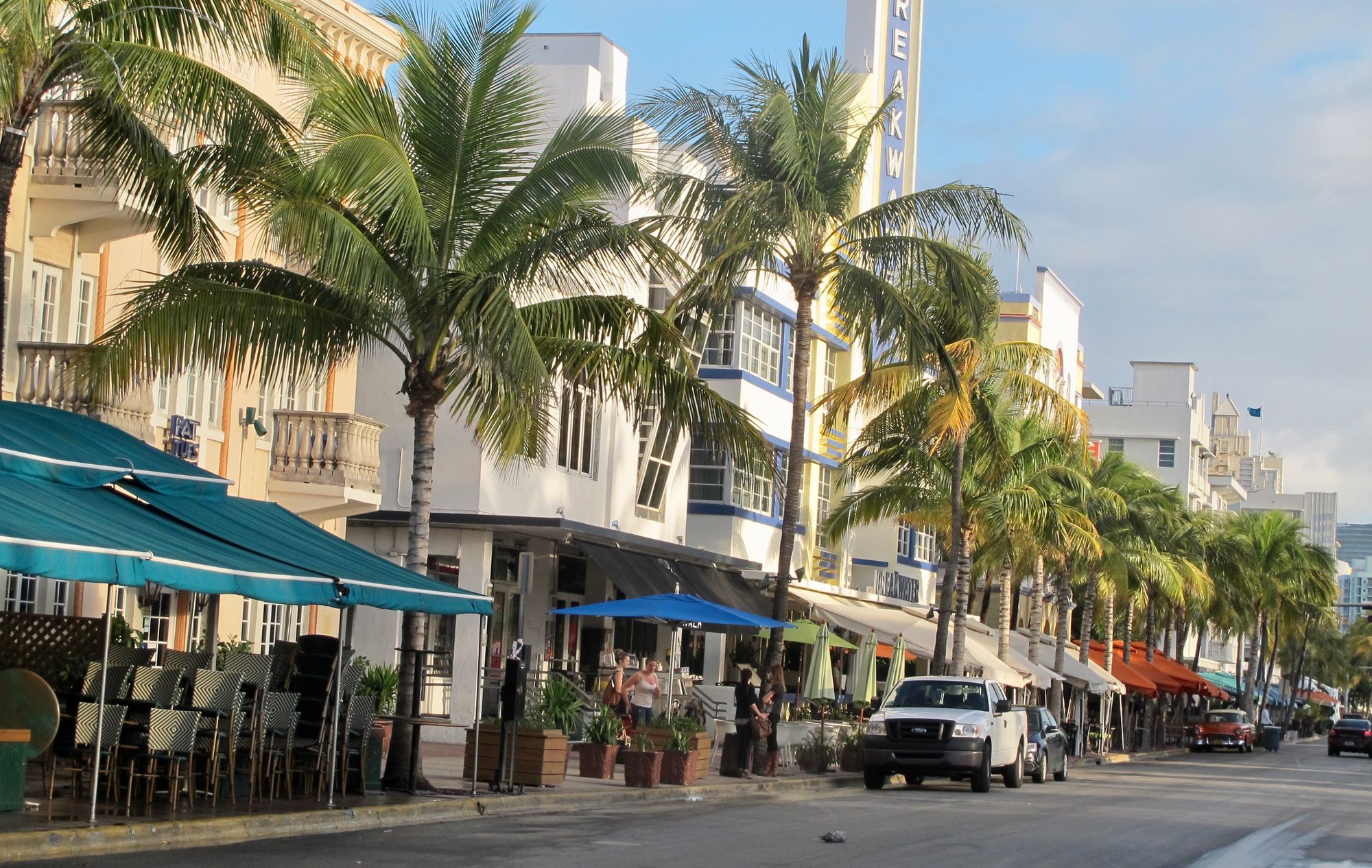
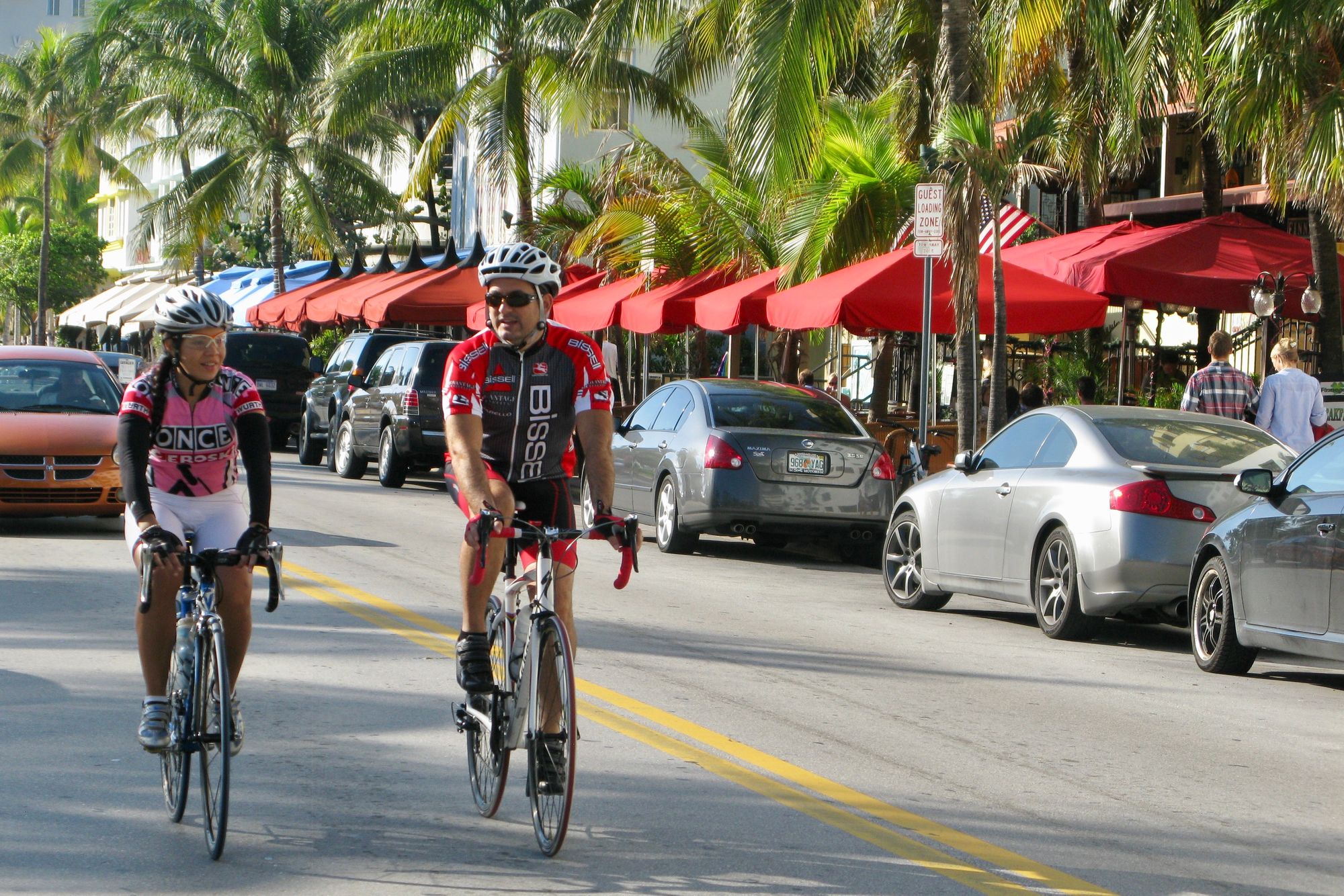

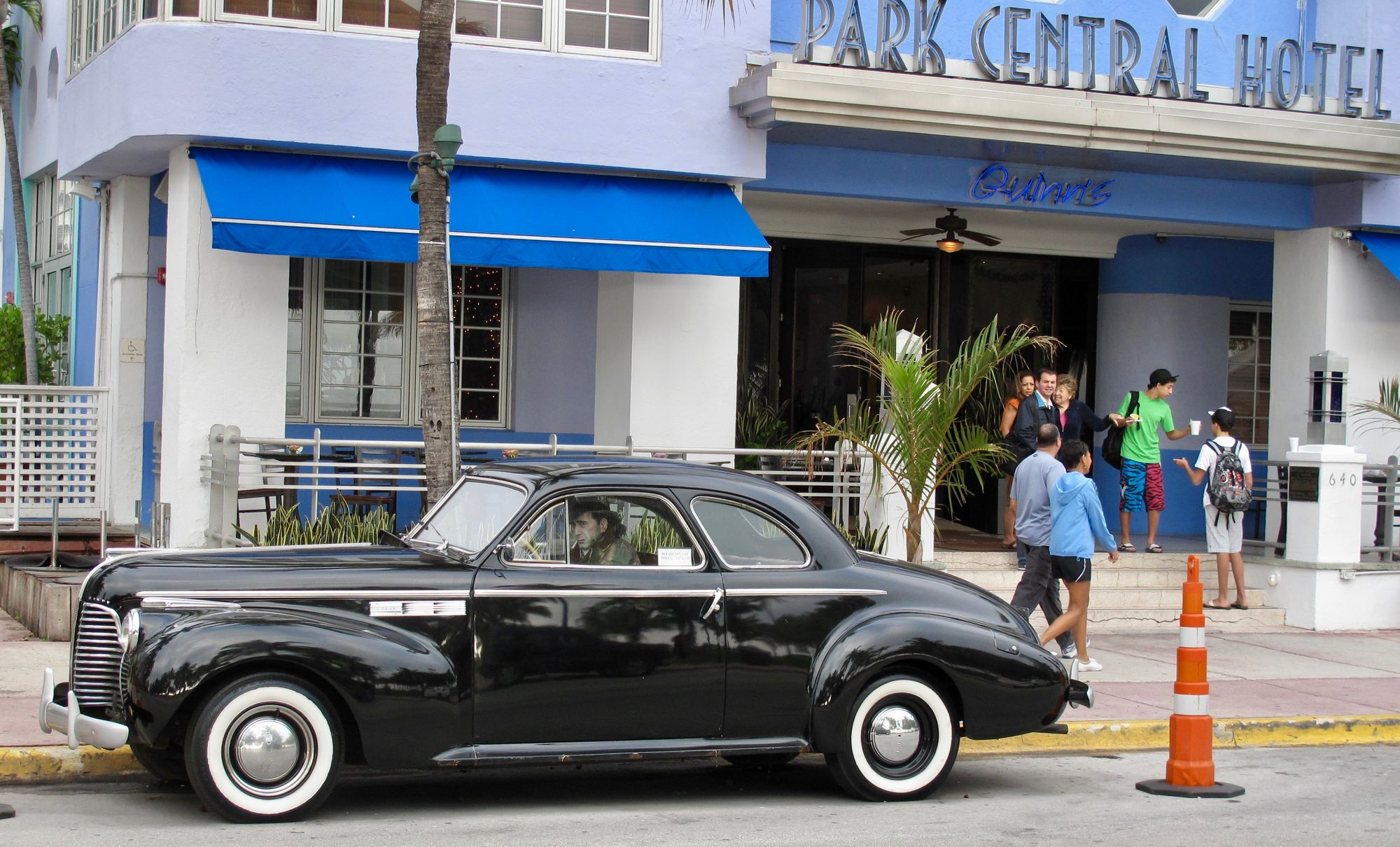
Miami Beach is a "classic" unlike any other waterfront.
Paris - Bassein de La Villette
The revival of the Parisian riverfront has spread to Canal St-Martin, a 3-mile waterway in the north of the city that connects to the Seine. New playgrounds, exhibits, and games along the canal attract many residents from the diverse neighborhoods nearby.
The magic of the Bassein is the broad variety of activations and amenities it offers. Since it has something for everyone, everyone visits and enjoys the space. Attracting visitation is achieved by designing a space that cater to the needs and interests of a broad variety of people.
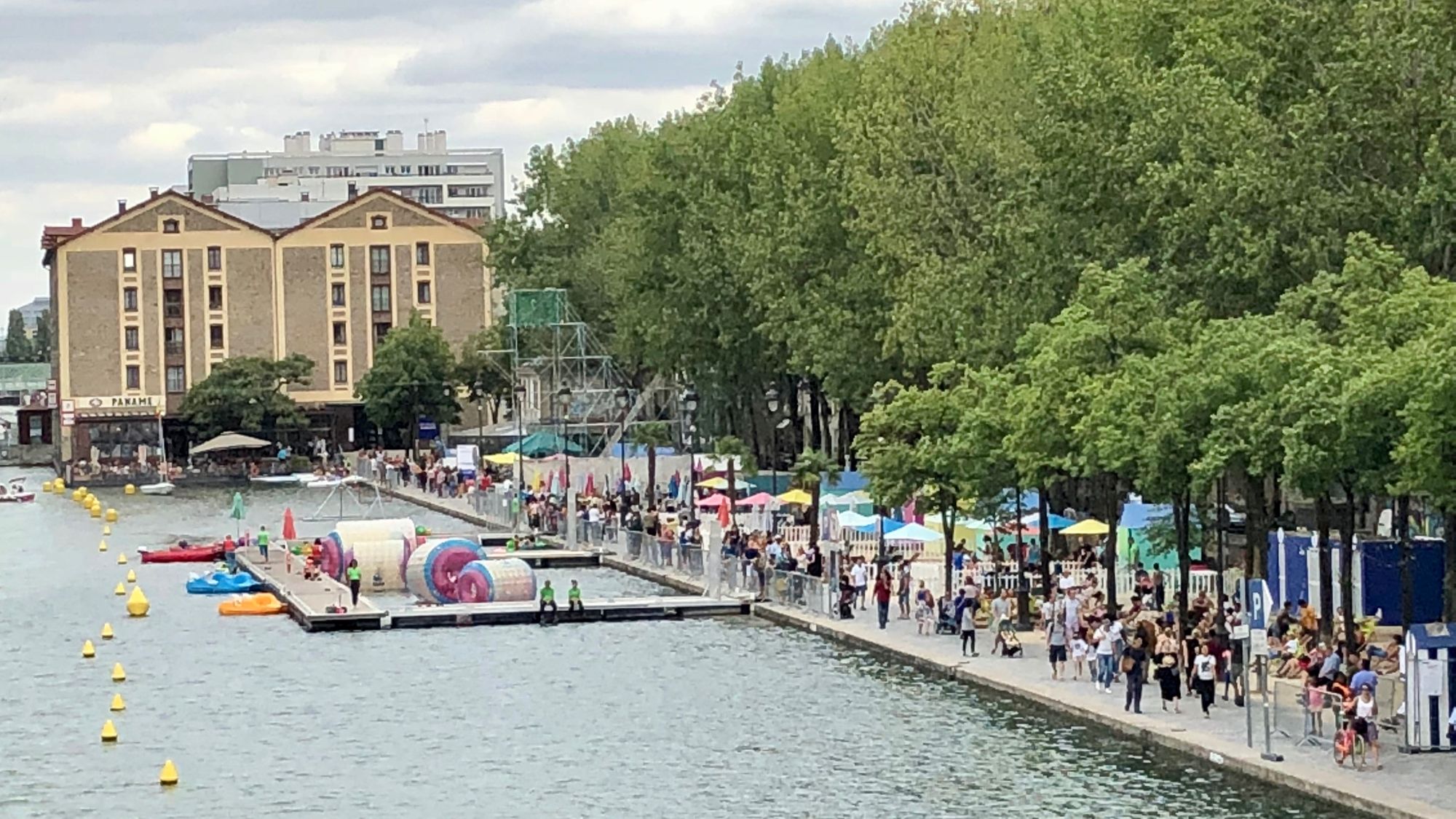
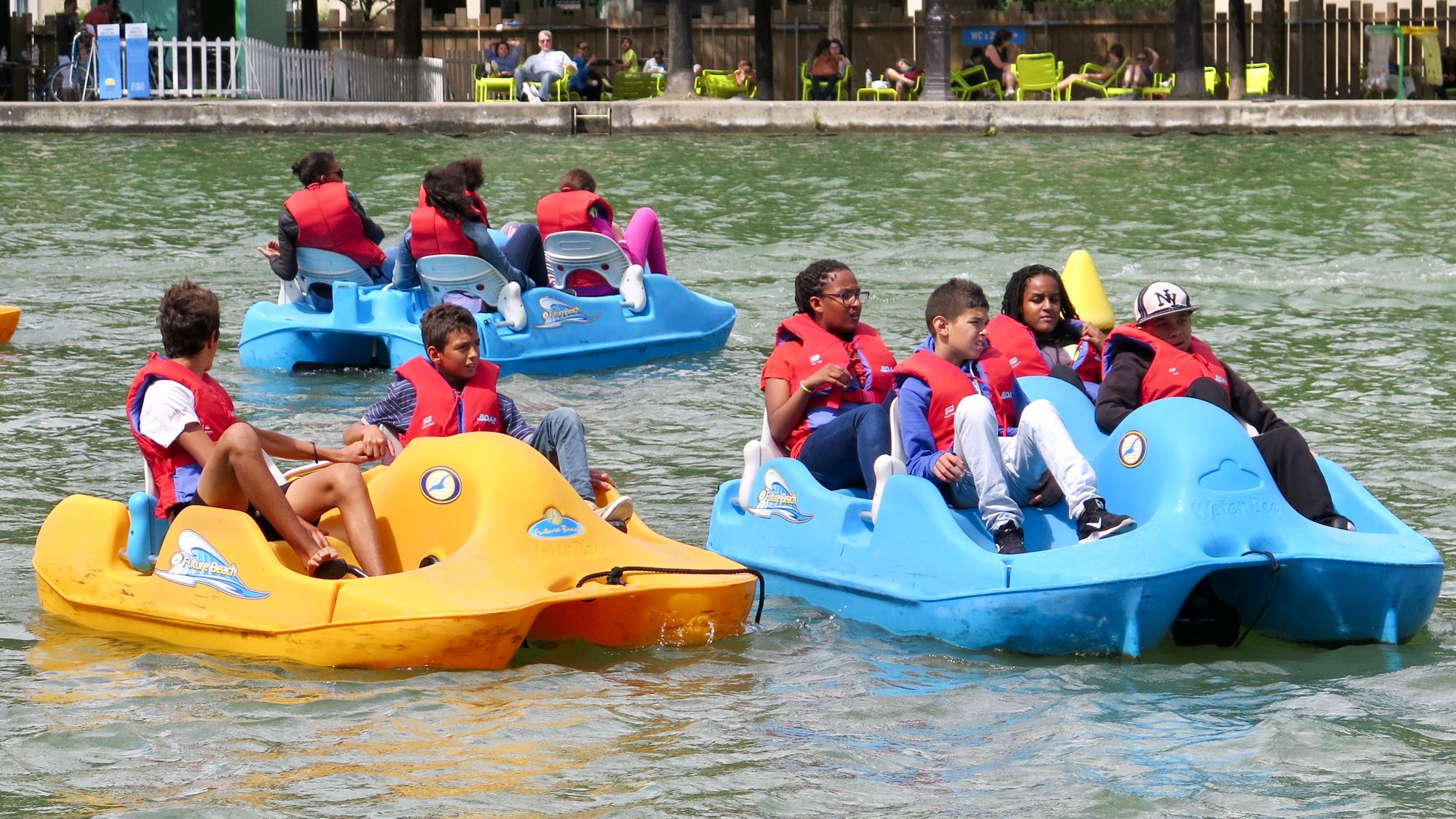

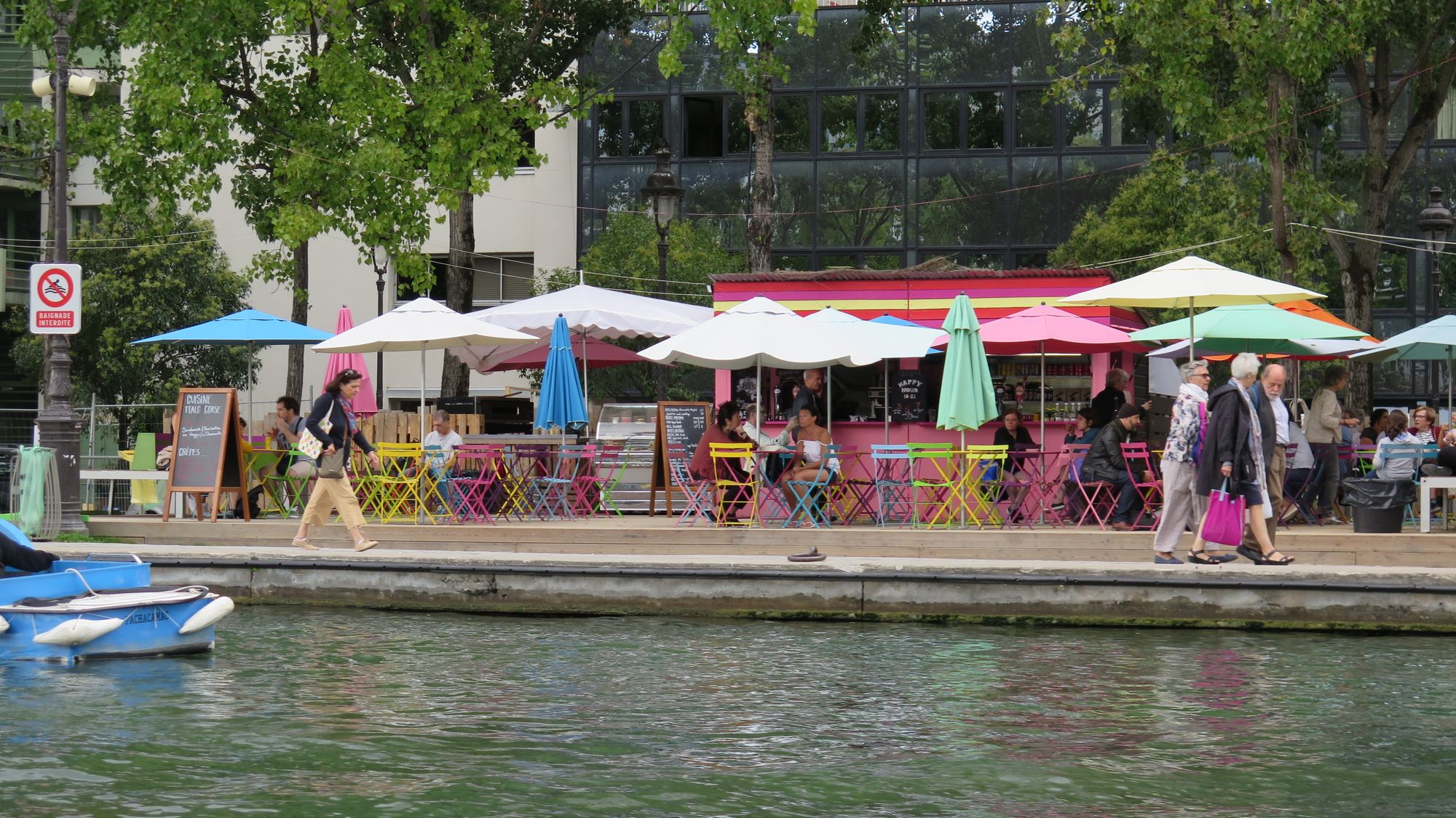






Historic Old Town - Porto, Portugal
Porto, Portugal's second-largest city, straddles the Douro River, near where it flows into the Atlantic Ocean. The waterfront is gloriously historic. It's easy to imagine what life was like here centuries ago. The sheer pleasure of strolling these streets explains why Porto has become a pilgrimage site for city-loving travelers.
Porto's riverfront fosters activity all year round and is an inspiration for doing density right. Streets cascade down from hilltops to the riverside promenade, fronted by cafes, shops, and public seating encouraging people to linger. This district is recognized internationally for bustling public spaces stretching over a wide geographical footprint, enlivened by three entry points funneling people into every promenade section. The rich interplay of all these elements adds up to one of the world's top waterfronts. Connectivity is key.

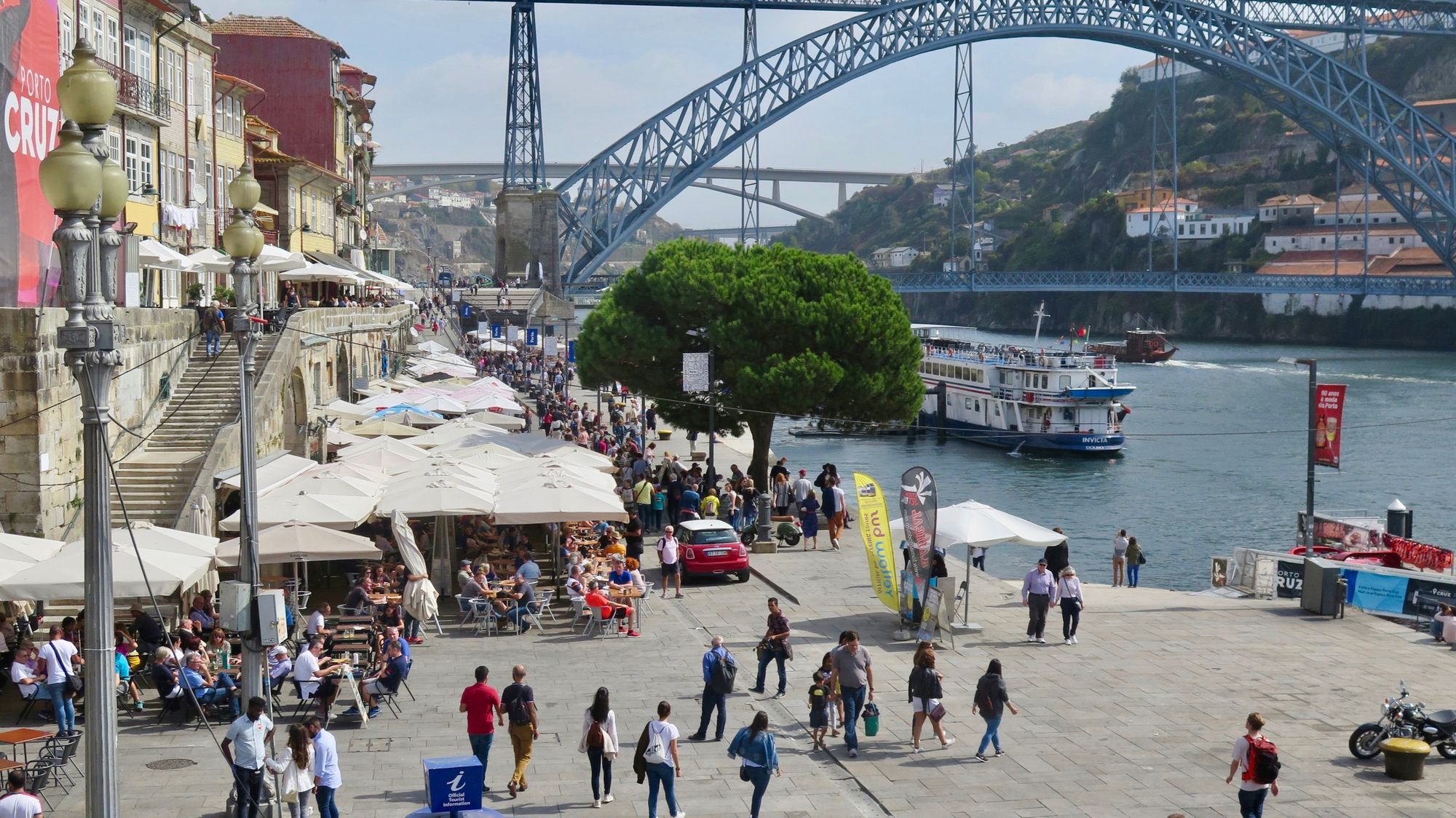

Public spaces overlook the water from various vantage points, giving Porto's waterfront the dynamic feel of an amphitheater.

The old town is dotted with small cafes and food kiosks offering refreshment and relaxation.
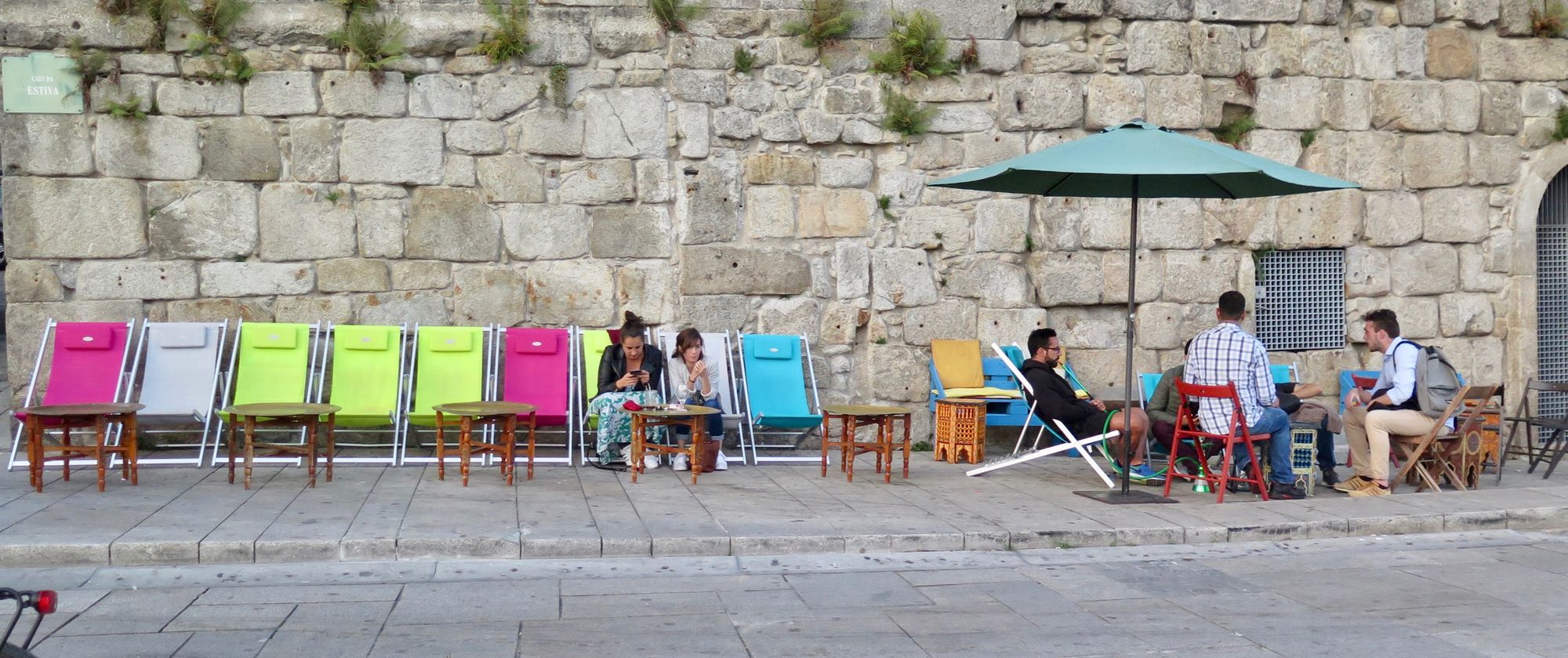

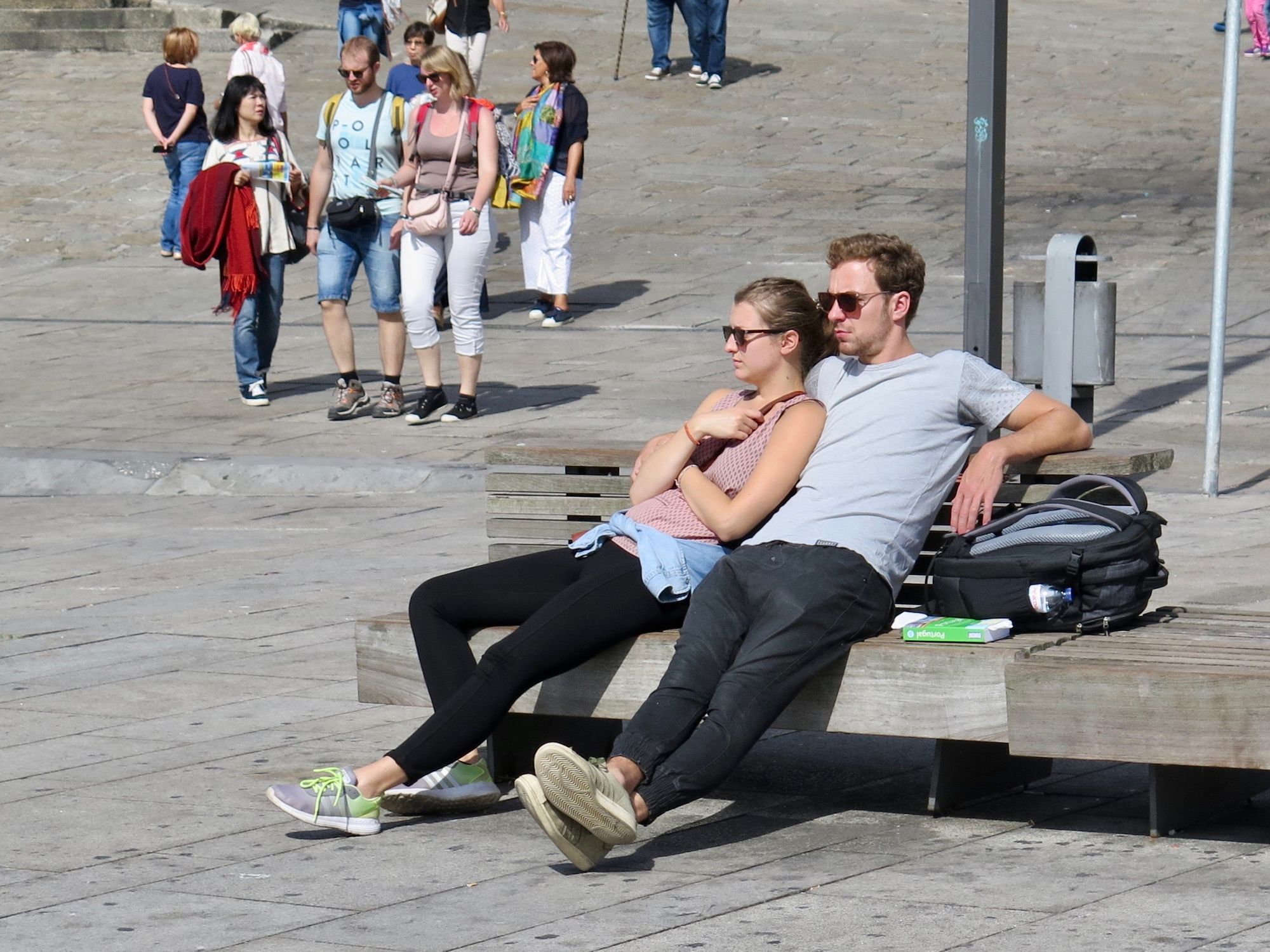
Plentiful public seating sets the stage for some of the best people-watching in Europe. A near-perfect waterside promenade accommodates two streams of passing pedestrians—one looking out on the water, the other checking out what's happening at outdoor cafes.
There are features that we see present in all of the world's most popular and beloved waterfronts. These features are key to their greatness and they can be applied to Brooklyn's waterfront as well to take it to the next level. They include the presence of beautiful views, limited (if any) car traffic, a variety of things to see, do, and experience, options for food and refreshment, amenities like seating and shade that make the experience of being there enjoyable, businesses to visit and explore, and connectivity with surrounding neighborhoods to increase accessibility and visitation. Weaving these features into Brooklyn's waterfront can elevate it to the rank of one of the world's best, just like the ones featured here.
Explore more information about waterfronts and neighborhood public spaces in this Resource Guide!
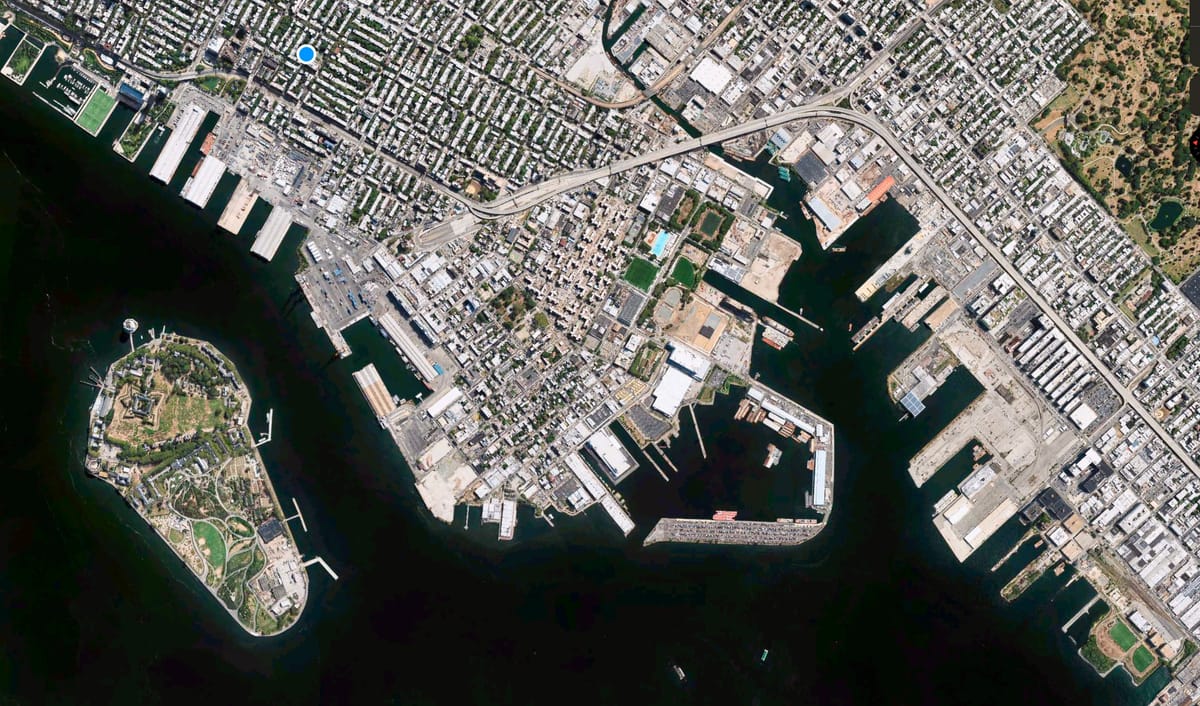
Topics include:
- Examples and models of great waterfronts
- Top waterfront features and places
- Connecting communities
- Waterfront features and elements
- Piers
- Promenades
- Markets
- Neighborhood connections: Brooklyn streets and sidewalks (and how they can connect to the waterfront)
















